|
While the goal(s) for many endurance athletes change over the course of their career, for many age groupers who train and compete “for fun,” it usually starts off with a health goal. “I want to fit into my skinny jeans again.” “I want to feel stronger.” “My doctor told me I need to be more active.” “I want to be able to play with my grandkids when I’m 90+ years old.” Whatever your initial reason was for starting, most of us continue to participate in our favorite sport because we have fallen in love with the feeling we have doing it, and hopefully, it makes us a healthier, happier version of ourselves! Unfortunately, somewhere along the way, many of us became event driven. My circle of training friends had a running joke for years that you never completed an event without having already signed up for at least one other (usually it was like 3-4 other events). This is completely fine to be motivated by races on the schedule, however, let’s not lose sight of why we do all of this. With most of the races being wiped off the calendar in 2020, it’s a fantastic opportunity to reframe your lens and refocus on why you are an athlete. There's More to Life Than Training! |
| Need a little help simplifying your menu and meal prep for the week? Download this free guide which will give you 4 tips to simply meal planning, a list of nutritious foods that last 1+ week in the pantry and fridge, a weekly menu template AND organized grocery shopping list! |
If you missed the announcement, I am in the middle of hosting a free 7 day challenge. This is something I put out into the Universe to help people refocus on the few things that are still within our control during COVID-19.
Every day for 7 days, we’re tracking:
- our water consumption to make sure we are hydrating properly
- our movement, with a goal of getting 30+ minutes each day
- our connection with our community, because each of us has people in our lives that have made our lives better and it’s time we made sure they knew how much we appreciate them
- our gratitude, because even in this crazy overwhelming time, there is still so much to be grateful for!
- AND...our meals. We are aiming to consume 2-3 real food meals each day that are made from single ingredient foods and avoiding snacking between meals.
If you missed signing up for this challenge, make sure you get onto my email list so you can be the first to know when I do another FREE challenge like this!
What makes this challenge special is that, for the first time, the only real restriction on what we should be eating and should be avoiding is only limited by what meals we can make from scratch.
If I want ice cream, I can eat it...but first I have to make it from non-processed foods.
Now, I’m certainly not suggesting that we should eat a bunch of homemade ice cream, homemade baked goods, and homemade sugary foods all week.
Those are allowed and can be enjoyed but the goal during this challenge is to prioritize home cooked meals built from nutrient dense foods!
With this in mind I am encouraging the challenge participants to release all the pressure and expectations they have around their diet and just get back to eating REAL FOODS, just like our great grandmothers ate.
We are currently in the middle of an unprecedented time.
The stress that the COVID-19 pandemic has created around the world is most certainly affecting our health.
It has been interesting for me to see how my nutrition clients are responding to this challenge. Some of them are attempting to use food as an antianxiety drug by eating all day, and some are forgetting to eat all together due to loss of structure in their daily routine.
Either way, goals are being sabotaged!
This breaks my heart because when this crisis is over, we could be ahead of where we were when this whole thing started, so long as we feel empowered to make a few good decisions that work to support our long term goals.
There was a study published in 2011 that followed 160 non-obese women. These women were asked to report their eating behaviors and emotional state every 2 hours for 10 days.
The researchers discovered a few things.
- Meals consumed at home were healthier than meals consumed away from home.
- The meals consumed at home were also followed by more intense positive emotions and less worry than meals consumed away from the home.
- The women who ate meals at home reported more intense pre meal positive emotions which cued healthier next-meal eating patterns. In other words, one healthy meal at home prompted the women to want to eat another healthy meal for the next meal.
This study is one of many that shows that what we eat can directly affect our mood.
And what I’ve noticed the past couple weeks is that some of us have become much less structured with our eating because we’re stressed out.
This is precisely the time when we should be supporting our body with everything it needs to create positive emotions and not eating foods that fuel more stress and negative emotions.
That is one of the main reasons I included ‘real food meals made with single ingredient items’ as one of the challenges for 7 days.
Not only are many of us in a shelter in place and shouldn’t be going out to coffee shops and restaurants for meals, but this is also a high stress time and most of us can use all the help we can get to minimize anxiety and promote positive emotions.
YOU DON’T HAVE TO BEAT BOBBY FLAY
With this in mind, I wanted to share some of my favorite scratch cooked recipes today.
Some of these recipes are quite simple, and some are more complicated to prepare.
Even if you are not participating in the 7 Day Real Food Reset Challenge, now is a great time to embrace the spirit of your great grandmother and get back to home cooked meals!
If home cooking is new to you, be KIND to yourself!
This thing called cooking takes practice.
Someone who has never swam freestyle in their life doesn’t expect to jump in a pool and immediately have the techniques and skills to swim with Michale Phelps! And you shouldn’t expect to be Emeril Lagasse either.
So get in the kitchen with an open mind and explorative attitude and just try to have fun with it! You will fail a few recipes and that’s okay. Failure is how we learn.
Laugh about it.
Learn from it.
And get right back after it.
Who knows, you might find that cooking becomes a form of stress relief over time and who couldn’t use more stress relief right now?!?
So there you have it!
Ten of my favorite FROM SCRATCH recipes that are regulars in my house.
Do you have a traditional family favorite you want to share in the comments?
In a way, I’m happy I finally just know. I sat around for a week watching others get the news that their races had been canceled or postponed, but for some reason, Ironman St. George (originally scheduled for May 2, 2020) remained on the schedule.
Even my second race of the season, Ironman 70.3 Santa Rosa (originally scheduled for May 8, 2020 in which I was a swimmer on a relay team) had been canceled. I could tell this uncertainty about Ironman St. George was causing an unlying level of anxiety as every single time I saw I had a new email, I’d lose my breath for a split second wondering if it was the cancelation/postponement email.
Now I can stop worrying about when or if that email is coming and just start planning for the next steps.
Which brings me to one very important point about planning an annual training and nutrition plan. I brought it up in the very first blog of this series, but I’ll say it again here.
Schedules will change. It’s part of life.
That is why I always recommend you create an outline for your training and nutrition plan, and fill in the details as you get closer to each phase.
This means that you should schedule out your macro and meso cycles, but wait on the details of the micro cycle until closer to those dates. If you don’t know what I’m talking about, revisit the first blog of this series which talks all about cycles HERE.
The reason I suggest an athlete take this approach is this: if you had spent hours and hours planning out the finer details of each and every swim workout in January for the entire year, you would be spending another few hours modifying the whole thing!
This Coronavirus pandemic was very unexpected and is greatly impacting our ability to train normally. Sure, some of us can go outside for a run and take our bike out for a ride but, unfortunately, there have been full pool closures in most areas around the world. That means, most of us triathletes aren’t swimming for the unforeseeable future.
The same example can be seen with your nutrition plan. If you had all the details of each and every meal planned out for the coming weeks, they might all need to change as life throws you curveballs and you have to change up your training and therefore your nutrition too.
Given our current circumstances, food right now is hit or miss! I don’t know how the grocery stores looked in your area, but shelves were empty in my town for a while. It’s just not as easy to find our “usuals”. Obviously this created a situation for meal creativity on the fly because half of what was on my grocery shopping list wasn’t available for purchase.
My suggestion for creating these plans is to get a rough idea of your schedule, both from a macro and meso cycle. Leave the fine details of the micro cycle for daily or weekly planning instead. Trust me, it will save you a ton of time and headache down the road WHEN things change, because they will.
I know this may not fully comfort you but the good news is, we are in this together!
All of us are being impacted, mentally, emotionally, and physically due to changes in our race schedule. Personally, 2 of my 4 races for 2020 have been postponed.
That means that right smack in the middle of my race specific phase of training for Ironman St. George, I was thrusted right back into my...well...I didn’t really know where I was.
With so much uncertainty about when the next race was going to be, I wasn’t sure if I was back in a build phase? Base phase? Pre-season? Who really knows!?!
So instead of stressing too much about it, I temporarily put myself into a recovery phase, because that is what felt right to me at the time. Let’s be honest, like so many of you, I was feeling stress from all the uncertainty from COVID-19. Not just with my training, but for my friends and family, my business, my husband's business and my community. It seems like a pretty natural reaction for most people in this situation to say “screw it” and eat whatever they want, whenever they want it.
And I certainly felt myself going down that path when all this first started.
Luckily, I was able to refocus quickly! Maybe it helped not having my race canceled early on because an Ironman 6 weeks out can certainly keep you focused! But I think it also helped to know that the “screw it” mentality never worked well in the past and typically made me feel worse in the long run!
So, instead of allowing myself to go down that path again, I focused on the vision board I created for myself at the beginning of the year. I spent hours looking at my goals and deciding that despite what was happening in this very moment, I still want all of those things.
Sure, there are other perspectives I have now, and I certainly plan to add a few things to my goals for the year in response to this viral outbreak, but my goals for 2020 haven’t changed. And throwing 2 sheets to the wind and not taking care of myself is most certainly NOT part of my goals for 2020!!!!
And you should feel the same way, too! This is not the time to give up. Instead, this is the time to refocus.
I still have so much uncertainty about exactly what I’m doing with my training at the moment so I decided to adopt the recovery style of both training and nutrition, for the time being.
There was a brief moment when I thought, ‘gosh, this blog series I’m in the middle of... it doesn't matter right now! It’s not important in comparison to what is happening in the world. I should put it on hold.’
But here is the thing, I really truly believe with all my heart that the absolute best thing we can be doing for ourselves right now is trying to
1. Keep things as normal as we possibly can and
2. Be setting ourselves up to be STRONGER and more resilient for when this is all over.
So if you are like me, and you have no idea when you are going to race again, I highly advise that you keep on point with your training and nutrition in a way that sets you up to be AHEAD of the game when you have more certainty about your future.
From a nutrition perspective, treating this like a recovery phase of training is EXACTLY what I recommend. So we’re forging ahead and we are going to wrap up this blog series with the details of EXACTLY that...your recovery phase!
As we have seen over the last few weeks, a well structured training plan will include progressions through various phases that elicit different and desired adaptations to prepare an athlete for an event.
If you have been keeping up on the last 4 blog posts, hopefully you are starting to see that structuring a nutrition plan to shadow your training plan will also help you get better results.
Today, we look at the finer details of a recovery phase of training. And since there are (in my opinion) two different types of recovery, I want to first address these from a training perspective.
Recovery in training
For most of us, we race more than 1x per year.
That means that we most likely will not cycle through a pre-season, base, build, race specific and recovery phase of training in its entirety multiple times per year.
Instead, we would likely start off the year in pre-season, then create a base, then cycle through the build, race specific, and recovery phases of training over and over again until our last race is completed.
After that last race, the recovery phase will likely be longer, and hopefully the training will look MUCH different than the recovery week(s) you have mid-season.
Mid-season Recovery
Mid-season recovery for training should last approximately 1-3 weeks. During this time, it is likely that you will continue to practice your sports details. If you are a triathlete, you will likely continue to swim, bike and run.
However, these will be done at much lower intensities and with much less volume than during the other phases of training. It is also very likely that you might throw in more recovery days, which can be complete days off, or active recovery days where you practice yoga or some other type of low level restorative sport.
Postseason Recovery
Postseason recovery for training looks much different than mid-season recovery.
Here, it is suggested by most coaches to take a break from the monotony of the sport you have been repeating over and over again, day in and day out for months. Instead, it is usually encouraged to adopt a different sport.
One that still keeps you fit, but gives you both a physical and mental break from your main sport.
If you are a triathlete or a runner, maybe you adopt a cross country skiing routine. If you are a road cyclist, maybe you dust off the mountain bike and spend some time on the trails.
Depending on how eager you are to get back to training, this is also a time for athletes to manage any imbalances that their sport can create. For many endurance athletes, this is dealing with the posterior chain. So this can also be a time to hit the gym and build back some strength in specific areas that may have been neglected over the past few months. However, remember that pre-season and base training phases call for strength training so you don’t have to go all out while you are in recovery.
From a nutrition perspective, regardless of which recovery phase you are in (i.e., mid-season or postseason), I highly encourage athletes to also ‘take a break’ from a structured nutrition program.
That doesn’t mean eat french fries and ice cream every day.
Instead, I encourage athletes to follow an unstructured, high quality diet that follows the 80/20 rule.
80% of the time you continue to eat nutrient dense whole foods that are mostly plants.
20% of the time, you allow yourself to “indulge” in foods like french fries and ice cream. But high quality ones!
Instead of driving through a fast food joint that uses hydrogenated oils that cause a whole bunch of inflammation in your body, why not purchase organic potatoes, and cook your own fries in an air fryer?
There are great recipes you can follow online so use this time to explore and get creative in the kitchen!.
The glory of making them from scratch at home is you get to control the ingredients. With less training on the schedule, you should have extra time to spend in the kitchen creating these fun treats for yourself without using ingredients that are harmful to your body.
Personally, I love ice cream so I go ahead and make my own! Check out this recipe for a dairy free Almond Joy ice cream made without refined sugar! It’s too easy to not do!
Regardless of what your “indulgence” is, the point is that you are enjoying them 20% of the time compared to the little to no intake during your other phases of training!
Macronutrient Ratios During Recovery
During a recovery phase, I don’t recommend following a specific macronutrient ratio.
Remember, this phase is about taking a break!!! That means you shouldn’t be weighing and measuring food either. Your mind needs a break from so much structure, so take it and enjoy it!
If this makes you nervous, don’t be. As long as you continue to move your body daily and eat mostly plants, moderate amounts of quality proteins and fats for 80% of the food you put into your body, the likelihood of your body composition changing too much is low.
At the end of the day, recovery passes by quickly!! If you are in a mid-season recovery phase, you are looking at 1-3 weeks max before you jump back into either a build or race specific phase of training.
If you are in the postseason, again, this phase will typically only last 3-8 weeks before most athletes jump back into some style of pre-season training.
So rest assured that if you focus on the 80/20 approach, the amount of damage that can be done, if any at all, is negligible.
Wrapping It All Up!
So there you have it. All the details you need to create an annual nutrition plan to help you reach your health and performance goals!
If you are just hopping in on the series, make sure you go back to read the rest of the articles which cover the other phases of training:
Base Phase
Build Phase
Race Phase
I know many of you are still grasping the reality that your race was cancelled or postponed. Go ahead and be sad, mad, frustrated! Feel those emotions without the guilt because you have been working hard and it sucks to have something ripped away from you!
But then remember, that how you respond to these weird times is all in your power! You can choose to be upset and give up, or you can choose to be upset and then wipe away the tears and refocus!
On the bright side, you have just been given a chance to go back and improve on yourself. And if you take that opportunity, you may end up doing even better than you expected to have done if your race had still been on!
If you have questions or want some help putting a nutrition plan together, or if you are confused as to what you should be doing as a result of a race cancellation or postponement then do not hesitate to reach out to me! Creating training and nutrition plans is what I LOVE to do! So if you don’t love it, I’m here for you!
We’ve made it through a series of blog posts already that have covered how to build an annual nutrition plan and the finer details of the nutrition requirements for base training and a build phase of training.
I am so excited to jump into the weeds today on the most exciting phase of all...race specific training and nutrition.
It’s the most exciting because this phase encompasses the actual race itself! What’s not to be excited about that!?!
Before we jump into exactly how you should be eating in this phase, let’s first discuss both the goals and the typical training in a race specific phase of training.
WHAT ARE YOUR GOALS DURING THE RACE SPECIFIC TRAINING PHASE?
During this time your main focus is on the following:
- To train for the specific physiological, physical and psychological demands of your specific sport. This certainly doesn't mean that if you are training for a marathon, that you go out and run 26.2 miles at race pace in the weeks leading into the event. Instead, your training sessions will include at or near race pace efforts with shorter rest breaks between these sets.
- To build confidence that the training will create the desired results on race day. This means that we are starting to see both endurance and speed come together.
- As you get closer to race day, the main goal is to recover completely from all the training that has been done prior to the event. This is known as the taper period that usually lasts 1-2 weeks prior to your event.
- The very last piece of this phase is the race itself! Now is the time to carry out the race plan, and execute the race you have been training so hard for.
The race specific training phase typically starts anywhere from 4-8 weeks prior to your main event. This time frame depends on many things, including your experience in the sport at that specific distance, your prior training load, and how quickly your body responds and recovers from the stress that race pace efforts can create.
Everybody is different. Some people respond and recover quickly. Where other athletes need more time to slowly build to these race efforts, and require more time to recover as well.
It’s important you listen to your body and work closely with your coach to find out what the right amount of time is for you! If you are training for a race without a coach and feel like you need some guidance on this, reach out to me! I’m happy to set up a free discovery call to help you fine tune your taper.
The race specific training phase is building on the previous training phases before it, both base training and build training.
In those phases, we have built up our endurance engine to be able to handle a larger amount of volume. Once we are nearing our key event, we transition to the race specific phase of training and begin to get more specific to the demands we will face during our event.
Workouts will likely include race day efforts with short periods of rest between sets.
This is also the training phase where athletes can and should consider other stressors they may encounter on race day and prepare for them. An example of this is temperature.
If you are planning to race in a hot and humid environment, doing some heat training, or regular sauna sessions leading into your event can help your body be more prepared for that stressor.
From a training nutrition perspective, during the race specific phase, you are mostly executing the plan you developed during your build phase.
In that phase, you tested multiple types of nutrition to discover what works and what doesn’t. You also tested how much is too much, and how much is too little.
Now you know which foods you can tolerate, and in what amounts.
In the race specific phase, it’s all about practicing. There should be no new food introductions or tests done!
Come race day, your food should be the least stressful part!
This is because, if you follow the suggestions I’ve laid out for you for training, you will know your nutrition plan like the back of your hand.
That way, as other things arise (which they will), you have the mental space to manage those without faulting on your nutrition plan.
So don’t change much now, just make sure you have what you need in place to spend these few weeks before the race practicing your plan.
PRE-RACE MEALS
The main difference from a training nutrition perspective in the race specific phase is your need to practice your pre-race meals.
Many training programs call for race style simulation training days. One of these days, you can and SHOULD also be testing your nutrition exactly as you have it planned out for race day.
This means you practice your pre-race meals too!
So what would this look like?
The night before your biggest training day, you consume your planned pre-race dinner and then go to bed early.
Wake up at your planned wake up time for race day.
Eat the breakfast you plan to eat on race morning.
Drink all the things you plan to drink race morning, and then start your race simulation training day at the same time you would start your race.
Over the years, I have found 2 main pre-race meals for the night before the race that work best for me:
- Ribeye steak, broccoli and sweet potato -OR-
- Homemade chicken risotto with bone broth (no cheese) and steamed broccoli
If I have access to a kitchen, I will almost always make the risotto!
Yes, risotto is made from rice which might be surprising for you. But I have tested how my body responds to rice and it does great every time.
The homemade bone broth in the risotto is rich in minerals and L-Glutamine (the most abundant amino acid in our muscles).
And I always make enough to eat for breakfast on race morning.
I usually dilute the race morning portion with extra bone broth and eat it more like a soup. I love it.
Do you have to do it exactly as I do? Absolutely not!
You need to find what works for you! Maybe it’s chicken risotto. Maybe it’s salmon and potatoes. You won’t know unless you test and testing happens during the build phase.
Whatever it is, you want to find something that you enjoy and satisfies you but doesn’t spike your blood sugar, causing you to wake up in the middle of the night hungry.
I typically eat a small breakfast on race morning about 3 hours prior to race start. This is either leftover chicken risotto soup, or gluten free bread with almond butter, or a smoothie with sweet potato, coconut milk and a clean protein powder (link Equip Prime Protein HERE).
One thing to note is that while WHAT you eat should stay mostly the same, there will be slight variation in quantity as you get closer to your event.
As your intensity and volume decreases, so does your caloric need.
BUT THIS DOESN’T MEAN YOU GO ON A DIET!
You still need to eat enough calories to sustain your energy expenditure.
Instead, be mindful of your activity levels and meals. If you have rest days, you may not need to be loading up on starchy carbs on those days.
You also may be able to cut your caloric intake down by a few hundred calories per day.
This might look as simple as eliminating a snack between meals, or cutting your portions down slightly at each meal. Nothing major!
If your early morning training session is easy, you may be able to do this fasted again (like you did in the base phase).
The key here is to listen and watch your body.
The last thing an endurance athlete wants to do is put on weight in the weeks leading into an event. So if your clothes start fitting more tightly, be aware and make slow and purposeful shifts to your diet to maintain energy and body composition.
THE IMPORTANCE OF NUTRIENT DENSE, REAL FOOD MEALS (INCLUDING CARBS!)
On the flip side, you also don’t want to be malnourished coming into your key event of the year. So keep up with regular meals that are built with nutrient dense whole foods and avoid snacking on foods that are void of micronutrients.
If you love tracking macros, I highly advise you to continue to eat your calories in a 40% carb, 35% fat and 25% protein ratio.
Even though you will be cutting your training volume and intensity 1-2 weeks before your main event, there is recent research that shows that the gut is trainable. And since we will be consuming mostly carbohydrate during our race, we need our gut to be capable of uptaking those carbs when we need it.
One study showed that exogenous carbohydrate oxidation rates (i.e., how quickly our body metabolizes carbohydrates that we eat) were higher after consuming a high-carbohydrate diet for 28 days compared with a low-carbohydrate diet.
This tells us that if we eat carbohydrates for a period of time, our body is better able to utilize them. Thus providing evidence that the gut is indeed adaptable and this can be a useful tool to prepare the gut for the reality of increased carbohydrate consumption on race day.
So, although our training may not dictate the need for high carbohydrates in the week or two leading into a key event, making sure that the gut is adapted to absorb the carbohydrates on race day is still needed.
Therefore keeping your carbohydrate intake around 40% of your caloric intake, and instead decreasing your caloric intake to match your energy expenditure is advised in the weeks leading into an event.
There are certain types of foods that you can place a greater focus on that can support race phase training, allowing you to arrive on race day as ready as you can be.
Foods high in nitric oxide:Nitric oxide is the nutrient required to help open up blood vessels and carry oxygen through the body to the muscles!
Some great options: beet root, garlic, grass-fed meat, dark chocolate, leafy greens, citrus fruits, and pomegranates!
Foods high in L-glutamine: L-glutamine is an amino acid (ie., a building block for proteins). It is great for immune system function and supports gut health!
Some great options: bone broth, meats, fish, dairy (if you can handle it), eggs, beans, beets, cabbage, spinach, carrots, and kale.
Foods high in fiber: specifically, I’m talking about cooked vegetables, like leafy greens, as they are typically easier on the digestive system. Fiber is fantastic for keeping your gut healthy and supports overall health!
Caffeine: just stick to coffee here! Test this on your longer workouts and enjoy some on race morning. Caffeine is a natural stimulant that has been proven to help with cognitive function and sharpness!
Additionally, in a race specific build, it is more important than ever to make sure you are prioritizing sleep and proper hydration. These 2 factors can help keep your immune system stay strong as you taper into your main event.
By the time you hit this point of your training, most of the work has been done.
Not only have you built up your training, but you have also tested multiple aspects of your nutrition strategy and now you get to just practice, practice, practice!
The time you spent planning out your nutrition and training in the prior phases can now be spent planning out the finer details for your race weekend. And sleeping. Did I mention that this is a great time to sleep more. ;)
Congratulate yourself for getting through your pre-season, base training and build training to get here. Getting to the start line healthy and ready to race is a HUGE testament to how well you planned and executed your training and nutrition strategies.
And if you are reading this as you are getting ready for your training season and feeling overwhelmed, then you may need some support and guidance. Especially if this is one of your first races where you are taking your training nutrition seriously!
If you are curious how I can help you, we can hop on a discovery call where I can answer any questions you have and tell you all about how I work with clients to help them get results. If we feel like we are the right fit for each other, then we can get started on your plan right away!
The whole goal of this series is to help you understand how to create and implement your own nutrition plan so that you get the most out of your training. Because the reality is that what you eat when you train can either help you or hurt you!
If you are going to dedicate hours each week to a sport you love which takes time away from your friends, family and other important things, let’s make the most of all that time. Deal?
If you missed the previous 2 posts on building an annual nutrition plan and the details on how to build and execute the nutrition piece during base phase of training, I recommend you spend some time reviewing them.
This week, I am excited to jump into the ins and outs of your build phase!
Before jumping into the ins and outs of the diet side of things, here is a little information on what the “build phase” is all about when it comes to training.
In the build phase of training, you are doing exactly that...building!
This phase involves an increase in both volume and intensity with a subsequent increase in your energy requirements (i.e., calories!).
The main goals in build phase are:
- Increased aerobic capacity: You do this in the “base phase” (the phase that comes before this one) but now it’s at a greater level. In the build phase, the training distances increase to something similar to what you might experience on race day.
- Increased sustained power: through use of specific training sessions like power intervals (or VO2 max intervals), threshold workouts and strength endurance work. This phase helps you develop greater sustained power over longer durations of training.
- Learn the foods your body loves and does not love for race day nutrition: this is what we are diving into today!
The build phase can last anywhere from 8-16 weeks, depending on the length of your event. After the build phase, you move into a race specific phase.
Now that we’ve loosely defined how the training might look during a build phase of training, let’s jump into the details of the nutrition piece.
NUTRITION DURING A BUILD PHASE
In this phase, since your distance and speed increase with training, so do your energy requirements.
That means that you need to increase your caloric intake from one (or more) of your macronutrients (carbs, protein and/or fat).
Before we talk about which one(s) and by how much, let’s talk about how your body utilizes each macro during training and racing so you can make a better informed decision about how to adjust your daily meals.
There are plenty of ‘nutrition experts’ on the internet that scream that LCHF is the only way to go! All day, every day!
On the flip side of the coin, we have ‘scientific experts’ who argue that for over 50 years science has proven that we have to carb load in order to be good athletes.
It gets confusing so I totally understand you wanting to say “whatever” when it comes to your training nutrition!
So who’s right?
Well...if you are an endurance athlete, partially both.
In order to create energy (or ATP) during exercise, our skeletal muscles can either use fat OR carbohydrates.
The rate of intensity (i.e., how hard you are working!) of the work you are performing is what determines whether fat and/or carbohydrate will be used to generate that energy.
The harder you are pushing, the more carbohydrate is being used to create ATP. The easier you are working, the more fat is being used to create ATP.
So let’s translate this to training:
- Base phase = low/moderate exertion so you want to focus on using stored body fat for fuel
- Build phase = higher intensity and duration so you want to focus on adding carbohydrates in
If you end up eating mostly carbs during your base phase,the body will turn that carbohydrate into fat and either store it or use it. Which typically is NOT a goal for an endurance athlete!
Alternatively, if you are eating LCHF during your build phase, you are risking muscle catabolism (aka- your body burns muscle for energy) and/or you can’t push the paces you are trying to push (aka- you bonk).
Both scenarios are bad! And this is PRECISELY why I advocate for periodizing your nutrition plan!
There is a time in an athletes season when eating a LCHF diet is important (BASE phase). This allows them to burn mostly fat and not store any extra body fat.
There is also a time in an athletes season when it is crucial to start introducing more carbohydrate into the diet, at appropriate times, to improve recovery, speed and endurance (BUILD AND RACE phases).
If you follow my recommendations for nutrition requirements for the base phase of training, then you should be eating a LCHF/ketogenic diet.
Once you are ready to transition your training into the build phase (which is marked by an increase in volume and an introduction of higher intensity), it’s time to adjust your macros!
Just like in the base phase, you can make these adjustments by tracking in a calorie tracker online, or you can use a 3 compartment container to help you create correctly portioned meals quickly.
I found these Eco One BPA-free 3 compartment portable Bento Boxes to be a lifesaver for this phase of eating!
It takes the weighing and measuring out of the equation and all I need to do is fill the large section with low starch, high fiber vegetables, fill one of medium compartments with a single ingredient starch (like sweet potato, rice, quinoa, black beans or corn), and the other medium compartment with protein.
I either add 1 tbsp of quality fat to my vegetables or starch, or make sure I am using a high fat piece of protein to meet my fat requirements (for example: chicken thighs!).
I recommend athletes eat either 3 or 4 of these containers per day, depending on their energy needs.
If weighing, measuring and counting macros is your thing, then it’s time to adjust your macro ratios in your online program.
I suggest shifting your macros to a ratio of 40% carbohydrate, 35% fat and 25% protein (versus 10% carbohydrate, 70% fat, and 20% protein!).
In addition to adjusting your macros, you will also need to increase your caloric intake to match your energy demands since they will likely also increase.
This shift in eating can feel quite shocking at first!
Going from 10% of your caloric intake from carbs to 40% of your caloric intake in carbs can take a few weeks of getting adjusted to. This is why I am a fan of athletes tracking their intake for at least a few weeks during the transition and until this way of eating feels more natural or comfortable.
A CAVEAT ABOUT INCREASING YOUR CARBOHYDRATE INTAKE
As I mentioned before, the build phase of nutrition is when you increase your carb intake but it must be done at the appropriate time so that it actually supports your performance!
I highly recommend that you eat the majority of your carbohydrates around and during your training.
This means that if you only have 1 training session that day and it’s happening at 5pm, you may want to forgo the carbohydrates in your breakfast.
Instead, you would eat vegetables, quality fat and protein for breakfast, then consume your meals with carbohydrate both before and after your evening training session instead.
If you have 2 workouts per day that are both fairly long and/or demanding, you will likely need to add carbohydrates to every meal to meet the energy demands of 2 workouts.
Additionally, the carbohydrates you consume after your morning session will help you recover for your evening session!
Shift your focus from training to eat to eating to train. Preparing for an event takes more than physical training. How you fuel your body matters and it’s important to prioritize your nutrition!
This means that you need to plan your meals AHEAD of your training sessions so you optimize your meals at the right times. There are no “last minute meals” during training season!
So just like you would review your training sessions for the week and make sure you are prepared for them, you should also have a weekly menu in place so you have a general idea of what you will be eating, and when.
Finishing a morning session and not having a plan for what you should eat to optimize your recovery is only going to leave you eating junk, or sometimes worse, not eating anything at all.
NUTRITION DURING TRAINING
Although the length of training plays a role, during base phase you are likely not consuming race food during training as your requirements are much lower.
However, since the build phase is setting you up for race day distances, it is the perfect time to TEST, TEST, TEST!
Start introducing various “race food” options into your longer sessions (i.e., the nutrition you will be taking on hand with you for race day!)
Some options that I’ve seen work well include:
- Skratch chews
- Honey Stinger chews
- Huma and Spring gels
- Skratch and Tailwind hydration mixes
Additionally, a mixture of simple and complex carbohydrates can lead to better and higher absorption of those carbohydrates from the gut into the bloodstream giving you more energy to utilize during the race!
The goal here is to learn two things:
- What foods does my body tolerate well? And which foods does my body dislike?
- How much of these foods per hour make me feel best?
I recommend my athletes start longer sessions in the mornings in a fasted state. Often, I find, athletes will eat a breakfast to avoid consuming food during their training which is the complete opposite of what should be done for longer sessions in the build phase.
When you don’t eat anything prior to a longer training session, it forces you to start testing your race foods within the first hour of training.
Build phase is also the time to test the nutrition that the race will have on course.
You may not be planning to use it, but if you drop your nutrition, or your special needs bag gets misplaced, or your crew doesn’t arrive when/where you think they should, you may need to know if eating the on course nutrition is an option or not.
I also recommend trying multiple different foods!
Just because you found 1 food you like doesn’t mean you shouldn’t find 3, 5, or 10 more.
At the end of the day, finding what works best for your body is all about experimenting during the build phase!
Many athletes do very well with 250 calories per hour, but it’s not about them… it’s about YOU!
You might find that you can tolerate 350 calories per hour and feel better at that level! The only way to know is to test, and build phase is the time to do that.
Once you hit the race specific phase, testing should be over. More on this in my upcoming blog, so make sure you check back to get all of the details on how you can fine tune your race phase nutrition plan to optimize your results!
ONE LAST NOTE ABOUT MINDSET
Build phase is often the phase when I tell athletes “it’s GO time!” .
That means that the priority has shifted to making athlete gains, and not so much on making body composition changes. So if you are wishing you could still lose more body fat, or gain more lean tissue, the build and race phases are NOT the ideal phases for this focus.
Your training intensity and duration increases as does your energy intake, so while this may result in body composition changes naturally, it is NOT the priority!
This can be hard mentally for athletes, especially when they look in a mirror and don’t love what they see. Work hard to change the language in which you speak to yourself and know that the time will come again when you can refocus your efforts on making body composition changes after your event.
Plus, those changes may result in your PR so it’ll likely be worth it!
Have an event coming up or in the near future and want to dial in on your nutrition plan? Let’s chat! Click here to schedule your free discovery to get you started on your journey to your best race yet!
For the next few posts, I’m going to dive into the details of each phase from a nutrition perspective so you can start plugging in the details of your plan and TAKE ACTION.
Base Phase Nutrition Planning
In order to build a successful base phase nutrition plan, one must consider their actual training plan first.
The “base phase” is what comes after your “off-season” and before your “build phase”, both of which I will dive into in future blog posts.
Not all coaches call this phase “base phase” and most stock plans that an athlete purchases online won’t include one. So getting clear on what the “base phase” is, is important!
The base training phase for each athlete is going to look a little bit different depending on their own specific schedule, goals and skills.
But generally speaking, and depending on how long your event is (i.e., a sprint triathlon or 5k vs an ironman or marathon) this phase lasts about 8-12 weeks long.
You know when your base phase starts by counting backwards from your first key race or event by approximately 24-28 weeks.
In this phase, the three main goals are:
- Increase your aerobic engine. Aerobic means “with oxygen,” so that means that most (if not all) of your training is done in a lower heart rate zone and for those that don’t use a heart rate monitor, a pace in which you can speak in full sentences.
- Increase muscular endurance. AKA- create injury resilience. This involves building strength throughout the body, dealing with muscular imbalances, and creating better mobility. This can be done in your own specific sport (on a bike, for example), but much of it is also done in the gym.
- Increase your ability to burn more stored body fat as an energy source. And this is exactly what we are going to talk about today!
For any athlete who’s primary sport requires them to keep moving for more than 90 minutes, doing a basic low carbohydrate, high fat (LCHF) diet is recommended during the base phase.
Ideally you would get yourself into ketosis for a few weeks during this phase.
LCHF vs. Ketosis
Although some people tend to think they are the same, there is a difference between eating LCHF and getting yourself into ketosis.
In fact, there are plenty of people out there who follow a LCHF diet who are NOT in ketosis. And there are some people who can tolerate eating a moderate amount of carbohydrate and still stay in ketosis.
So what is the difference?
The most notable difference is that a ketogenic diet is actually measurable and is defined by the production of ketones, whereas a LCHF diet is not.
A ketogenic diet is one in which your body favors burning fat (over glucose) as a fuel source. The byproduct of burning fat is a ketone body (produced in the liver).
These ketones float around in your bloodstream and can be measured by a device similar to a glucometer (such as this one).
To create a situation in which your body favors burning fat over burning sugar, you need to follow a clean ketogenic diet, at least initially. But exactly how low carb you go is completely dependent on your body.
Some people can get into a state of fat burning and ketone production with 50g of carbs per day, whereas some people need to eat closer to 30g of carbs, and some people can tolerate much more, sometimes upwards of 100+g of carbs per day.
It doesn't really matter how many carbohydrates you eat on a ketogenic diet AS LONG AS YOU ARE PRODUCING KETONES (as measured by a ketone monitor!).
If you are measuring your level of ketones on a device and seeing a positive reading, then you are burning fat!
The device I prefer to use is the Keto Mojo.
This device is affordable, quick and accurate.
It does however require a prick of the finger for a very small drop of blood. If pricking your finger isn’t your thing, your other option is using a breath ketone meter. However, I will tell you that - as of this posting - I have yet to see the reliability of these meters compared to a blood spot test.
Why?
Because when you first start dropping your carbohydrate intake and your body starts burning fat and producing ketones, the body’s tissues don’t know how to upregulate the ketones.
Since the liver is producing them, and the tissues don’t quite know how to use them, they will be excreted through the urine. Eventually, the tissue gives up hope on glucose and starts learning how to use ketones for energy.
Once this happens, you should no longer be wasting ketones in your urine which means you will stop seeing positive results on the urine ketone strip.
Although this can be frustrating at first, it is a sign that your body is USING the ketones rather than wasting them and this should be celebrated!
It is at this point that you need to switch to either a blood spot test or a ketone breath meter to get a more accurate picture of your true ketone level.
Why does burning fat matter for endurance athletes? I thought we were supposed to burn carbs!
Most of you endurance athletes out there have probably been educated to “carb up” to ensure you have fuel for training and events. So, why should you care about burning fat instead? And, what if you don’t have body fat you want to lose?
Both are GREAT questions!
The reason why becoming fat adapted (i.e., your body burns fat for fuel) is key is because the more fat your body burns, the less reason you have to obtain your energy from exogenous sources like gels or goos to be able to perform at your peak.
The body can only store approximately 1,400 - 2,000 calories worth of carbohydrate. That means that you only have about 90 minutes worth of energy stored as sugar in your liver and muscles. So if your event is going to last longer than that, you will need to get more energy from somewhere!
And that somewhere is typically gels and goos! It may seem harmless, and sure they give you “energy” but many of us also struggle with GI distress due to our consumption of these so-called “foods”.
On top of that, when we eat anything, our body shunts blood away from other areas of your body (i.e., working muscles!) so that it can focus on digesting. That means you are taking away precious energy from the muscles you are using to crush your event!
On the other hand, even a lean athletic body has approximately 50,000 - 80,000 calories stored as fat!
The FASTER study, published in 2012, showed that after 20 months of following a LCHF diet, ultra endurance runners had a fat oxidation rate (i.e., the rate at which your body burns fat for fuel) that was 2.3x higher than that of the standard high carb athletes.
And when you consider that fat has twice as much energy available than carbohydrates (and protein), I’ll take fat burning over sugar burning for low intensity exercise ANY DAY!
So how does that actually look in your kitchen and while you are training?
IN THE KITCHEN
You can make this as complicated or as simple as you want to make it.
Let’s start with simple which is my “3-2-1 Rule”.
Depending on your caloric needs, you would build a plate that includes 3 servings of high fiber, non-starchy carbs (such as dark leafy greens, cucumbers, broccoli, artichokes, bell peppers, etc.), 2 servings of healthy fats (such as avocados, nuts/nut butters, oils, and fats included in protein you eat), and 1 serving of quality protein!
1 cup of high fiber, non-starchy carb = 1 serving
1 tablespoon or the size of your thumb = 1 serving of fat
The size of your palm = 1 serving of protein
That might mean that you eat your first meal at 10am, eat again at 2pm, then your final meal at 6pm. You would then drink nothing but clear liquids (like water, herbal teas and black coffee) from 6pm until 10am the next morning.
This gives your body a break from being in the fed state all the time and allows it to tap into stored energy.
Since you aren’t eating a lot of carbohydrates in the form of starchy tubers, grains, breads, pastas, fruits or other high sugar foods, your body will start looking at stored fat for energy.
Eating within a short eating window will help you get ‘fat adapted’ more quickly. However, you need to be realistic with what your life requires of you because the last thing you want to do is undereat because you are limited to a particular feeding window! It is still important to consume your body’s energy requirements from your daily meals.
Tracking Macros
On the more detailed side of things, you can actually track your macros using an online program like Cronometer or MyFitnessPal.
I think tracking your macros is a fantastic way to learn what you are eating and how much. If you have never done it before, you should!
On the contrary to what most people think, what I find is that many of my clients under eat and they don’t learn how little they are actually eating until they start tracking their macros.
Under consuming calories on a regular basis is a great way to wreck your metabolism. No one wants that.
As informative as tracking may be, it is time consuming and tedious, especially if you are eating food without labels, which I HIGHLY suggest you do!
Therefore, my recommendation is to track your macros for a given period of time. I suggest 1-2 weeks which will give you an idea of what you are putting in your mouth, in what ratios, and the types of adjustments you need to be making to meet your energy needs.
Macronutrient Ratios
During base training, to support your body’s transition to burning fat, I recommend starting out with a macronutrient ratio of 20% protein, 10% carbs, and 70% fat.
Some of my favorite low carb fiber foods are: chia seeds, ground flax meal, marinated artichoke hearts, avocados, nuts and seeds.
Remember, you don’t HAVE TO track. You can keep your daily eating simple by just following the 3-2-1 rule with all of your meals!
DURING YOUR WORKOUTS
Since your base phase is all about building an aerobic (remember, WITH oxygen) endurance base, you shouldn’t be doing any training that gets really intense and you shouldn’t get out of breath for too long!
At this lower intensity, you will be hanging out in your fat burning heart rate zone during training. Most of the endurance training sessions in base phase last less than 4 hours in length.
If you stay true to this style of training, this will also help you get ‘fat adapted’ more quickly!
Since you have plenty of stored body fat, you can also go longer periods of time during training without needing to put in a bunch of calories.
For training that is less than 90 minutes long, I recommend sticking with pure water and electrolytes (making sure that the electrolyte mix does NOT have sugar in it). That’s it!
A simple way to get electrolytes without all of the other junk found in some drinks, I recommend adding a pinch of unrefined sea salt to your water.
As soon as you are done with your training, and you start feeling hungry, go ahead and eat a real food meal that is LCHF. For some people, this is immediately following training. For others, this can be hours after training.
The idea here is that you follow your body’s signals on this one. Eat when you are hungry, don’t when you aren't.
The exception to this rule is after strength training, in which you should aim to get a real food meal that is rich in a quality protein that has a complete amino acid profile within 1 hour of finishing your training session.
If your training is longer than 90 minutes, but less than 4 hours, consider using liquid calories. Something like Tailwind or Skratch Hydration are my suggestions. Both have electrolytes mixed in and offer some carbohydrates to help get you through the longer session.
At the 90 minute mark of your session, slowly start consuming the liquid calories. The goal is to SLOWWWW drip in the calories until you finish your session.
For most athletes, getting about 100-200 calories in SMALL SIPS per hour is enough!
But you are you. You might need to play around with the amount of calories you need to help you get through a session without bonking but not overdoing it either.
One great sign to look for that indicates that you might be under eating during training is a rapid decline in both your energy and mood. If your training session was enjoyable and fairly easy, and then all of a sudden it’s not anymore, this is a sign that you are low in calories. Aim to consume a little bit more per hour during your next session.
You might be over eating during your training session if you feel full all the time, aren’t eager to eat, or you get kicked out of ketosis and can’t get back in for a few days after training. If you load yourself up on carbohydrates during your base phase training, you can easily knock yourself out of ketosis which defeats the entire goal of becoming a better fat burner.
During base training, I recommend starting with less calories per hour and slowly increasing the amount as needed. You can always eat more if you find your energy levels drop, but you can’t take calories away once you’ve eaten them.
If your training is longer than 4 hours, it’s likely that you’ve moved in “build phase”, which I will be going into greater detail on in a separate post for stay tuned (and if you’re not already, subscribe to my email list so that you don’t miss it when it comes out!)
Since the base training phase lasts approximately 8-12 weeks, you should spend the same amount of transitioning your body to burn fat for fuel!
In the next post, I am excited to talk in more detail about how to transition from nutrition in base training to nutrition in your build phase.
We’re going to hit on how to carb test, carb cycle and how to eat to fuel your harder and longer session.
I can’t wait!
In the meantime, if you need a step-by-step guide on how to burn more fat during your base phase, download my free ‘5 easy steps to burning fat as fuel’ on my website!
REFERENCES:
- Metabolism, volume 65, issue 3, March 2016, pages 100-110, Metabolic characteristics of keto-adapted ultra-endurance runners
- American Heart Association Eating Plan Fiber Recommendations
Please stop assuming that you can train for an event without appropriately setting your nutrition plan up. That’s an assumption that will lead to lack of progress and sub-par performance!
Love, Tiana
For example, let’s say your goal this year is to PR your Half Marathon time!
Would your approach be to just run 13.1 miles at your goal pace every single day of training? (I’m praying you’re screaming NOOOOO on the other side of the screen right now!)
That sounds hard (physically AND mentally), destructive on the body (talk about a recipe for holding on to fat tissue!) and down right boring!
Instead, if you have a great plan, you are going to periodize your training so that you have phases where you build a base of endurance, then you build some speed, then you practice some race simulations (test nutrition, gear, etc), then you test (RACE DAY!), then you recover.
If we take it even deeper, each week of training will call for different types of training too.
Some weeks will have more volume than others. Some weeks will call for more speed work and maybe even some overreaching workouts. Some weeks will be recovery weeks so you can soak up all your training!
Even your individual workouts are broken down: you start with a warm-up that is slow and easy, then maybe you do some skill work, then some speed work, then you cool down.
This, my friends, is periodization.
Periodization is the concept of breaking something up into defined blocks or periods. If you have been an athlete for awhile, especially one who has a “season,” you should be familiar with this concept.
So if you understand the value and necessity of varying your endurance, intensity, frequency and recovery to get the best out of your body for your sport, why wouldn’t you do the same thing with your nutrition?
Guess what? YOU SHOULD.
This article is going to be a 10,000 foot view of nutrition periodization and how to apply it to your training and performance goals so you can start seeing better results!
TRAINING CYCLES
Let’s start with the training cycles. Any athlete who wants to achieve some type of performance goal should have in place an Annual Training Plan (ATP). Many athletes who work with coaches have this plan put together for them by their coaches.
If you don’t have a coach, you can purchase a stock plan to follow online. There are plenty of great stock plans available for purchase from coaches through Training Peaks, or you can reach out to me at Fifth Element to put the right plan together for you and your goals.
Whether you are building your own annual training plan or purchasing one, there are a few components that must be included:
- PREPARATION/PRE-SEASON- During pre-season, athletes are encouraged to work on non-sport specific general strength and conditioning with a focus on improving mechanical efficiency. New equipment purchases, testing and fit should be completed in this phase.
- BASE- This phase gives you the base fitness you need to really train for your event/competition. In this phase, it is also important to address any critical limitations that are holding you back from achieving your performance goals (like a lack of strength or mobility, excess body weight, or a lack of specific skills). This phase is also about establishing habits that address the "little details" of stretching, core strength, mobility, etc.
- BUILD- In this phase, you are doing more training to simulate your event or competition. This usually includes increased endurance, speed and intensity.
- EVENT SPECIFIC/COMPETITION- During this phase the focus is on event specific training with less time building strength and cardio endurance. Rest and recovery are prioritized so your body will be fresh for your event/competition.
- TRANSITION/OFF SEASON- This phase is about taking a physical AND mental break from structured training and focus more on cross-training (participating in sports that give you a mental break from your sport, but still benefit your sport and keep you in shape).
CREATING YOUR OWN ATP
To create your own ATP, start by plugging your races onto your calendar.
Then, using whatever training plan you obtained, work backwards from your race date to plug in your specific training blocks.
For example, if you plan to follow a 12 week training program into your first half marathon of the year, which is on May 31, then your first training block will start on March 9th (12 weeks before May 31). Everything between your last event last year and March 9th of this year is considered by most as your “off-season” and/or “pre-season.”
This annual training plan is what we call a macrocycle, which makes up your entire season.
For most ameteur athletes, this is usually one year in length.
For an athlete training for something like the Olympic Games, this cycle might be 4 years.
Within the macrocycle, we have multiple mesocycles. These mesocycles usually refer to a single block of training which usually lasts for several weeks.
For example, a 4 week build block would be a mesocycle.
Within each mesocycle, we have microcycles. A microcycle is a very small block of training which usually lasts about 1 week in length.
For example, within the 4 week build block (mesocycle), you will likely have 3 gradually increasing weeks of endurance and a 1 week recovery. Each of those weeks would be an individual microcycle within your mesocycle.
Make sense?
A TIP FOR YOUR ATP
When you are building out your own annual training plan, it is a great idea to get down on paper your macrocycle (your entire season), and the mesocycles (the individual blocks that will make up your training into each event).
It is not necessary at the beginning of the year to build out the fine details of each microcycle as these can and will likely change as the season progresses. If this is not something that comes naturally to you, consider hiring a coach to do it for you.
I know you’re likely thinking “I thought we were going to be talking about diet cycles, not training cycles!”. And you’re right. But explaining the breakdown of the training plan itself will help you understand how to approach your nutrition plan!
This is because once you know your macro and meso cycles, now we can apply the same concepts to create your annual nutrition plan.
NUTRITION CYCLES
It is not uncommon for athletes to come to me and say “I want to lose body fat and gain lean muscle.”
If you don’t understand how challenging this is to do at the same time, refer back to my last blog that addresses this topic HERE.
To put it simply, attacking both goals at once can lead to overwhelm and failure. Instead, focusing on one goal (i.e., lose body fat), then focusing on the other (i.e., gain lean tissue) can be incredibly effective.
The demands on your body for each of these goals is different and in order to achieve them, you would need to eat differently.
Think about it. An overweight athlete trying to lose excess body fat does NOT eat the same diet as an Olympic weightlifter trying to gain more muscle and strength.
I bring this idea up with you because it is a concept that can be applied to endurance athletes interested in getting faster for a future event.
As you cycle through the various training blocks in your ATP, your body will have different energy requirements that will need to be met (just as your body requires different things when you have different goals!).
This is when having a great Annual Nutrition Plan (ANP) can be helpful!
The goal of any great ANP is to strategically combine your exercise with your nutrition to obtain positive adaptations that support your performance.
For instance, did you know that eating an increased amount of carbohydrates for a few weeks leading into an event can increase the absorptive capacity of your intestines which in turn reduces your risk of GI upset?
I don’t know about you, but I don’t want to waste anytime in a port-a-potty at a race, especially when this is something that can be avoided with proper nutrition!
WHY NUTRITION PERIODIZATION IS KEY
Periodizing your nutrition can have a direct effect on:
- Increasing or reducing your skeletal muscle
- Reducing or increasing your body fat %
- Other tissues (e.g., brain, vasculature)
- Improvements in the absorptive capacity of the intestine
- Increases in tolerance to dehydration
- Changes in nutrient partitioning (the process by which the body decides what to do with the energy you get from your diet)
NUTRITION STRATEGIES FOR YOUR PRE-SEASON
Pre-season is the best time for you to prioritize body composition changes.
For most athletes, this usually means losing body fat or gaining lean tissue.
This is also the time of year that GOOD HABITS around your diet and lifestyle need to be established.
Spending time learning how to plan weekly menus and meals, cooking and bulk prepping food can all be very helpful. Once you officially start training, you won’t have nearly as much time or energy to devote to this.
If you already do those things, pre-season is a great time to break up the monotony of your regular meals and experiment with new recipes.
Other habits like proper hydration should also be established.
NUTRITION STRATEGIES FOR YOUR BASE PHASE
Base Phase of training is when most athletes transition away from whatever fun sport they have been doing in their off season, and start to build back an endurance base in their specific sport.
Nutritionally, this is a great time to focus on fat adaptation (i.e., transitioning your body to burn fat over carbohydrates). The body can be taught to oxidize (burn) more carbohydrate or fat, depending on training and diet.
The average person has approximately 1,400 - 2,000 calories worth of carbohydrate stored in their body and 50,000 - 80,000 calories stored as fat. Clearly the body has plenty of resources in the form of fat that it can utilize for energy purposes.
When the body burns more carbohydrates, it will naturally store more fat (something most people, especially endurance athletes, don’t want). Whereas burning more fat will allow the body to preserve the small amount of carbohydrates it has.
Every endurance athlete will benefit from training their body to burn more of their stored body fat instead of relying on exogenous glucose from external sources like gels and goos! The more energy we can obtain from our own body without having to eat it, the better off we will be in training or in a race.
Think about it this way: every single time we put calories in our body, we shunt blood away from our working muscles to help digest that food we just put in our system.
So if you want to keep your blood in your muscles, it’s always a good idea to train your body to need less exogenous calories from food for training/racing.
FROM BURNING CARBS TO BURNING FAT
For athletes who have fat adapted in the past, doing a “reset” during your base can get your body burning more fat again in as little at 5 days!
For athletes who have never gone through the process of fat adapting, it may take a little longer to effectively burn body fat and this process can and should be started much earlier in the year.
If you need tips on how to get this process started, I have a free guide (including a meal plan!) to help you jump start the process!
STRATEGIES TO SUPPORT YOUR BUILD PHASE
In the build phase of training, we start focusing more on endurance, speed and intensities. This also means that our energy demands typically go up!
Nutritionally, these energy demands need to be met in order to obtain the desired training adaptations. In other words, you have to make sure you are eating enough!
If you don’t meet the energy demands of your body, your training will suffer. Who wants that?!?
Most of the time, this increased energy demand is met with an increase of carbohydrates to support your harder and longer sessions.
But “carb loading”, as it’s so well known, doesn’t mean eating pasta on Friday night before your weekend training! Instead, it might mean eating more root vegetables with meals and occasionally throwing in some non-glutinous grains if your body tolerates them well.
CARBOHYDRATE TOLERANCE
How well our body tolerates carbohydrates is known as our “carbohydrate tolerance” and is determined based on our genetics as well as whether or not your body is responding well to insulin.
How do you know if your body tolerates different types of carbohydrates well? You test!
Carb testing is a really important piece to discovering if your body likes specific carbohydrates. For example, I learned through testing that my body does fine with non-glutinous grains, like rice, but not well AT ALL with fructose, like bananas.
We don’t always FEEL our blood sugar fluctuations so testing is definitely the most accurate way to figure this out.
Considering how broad this topic is, I am definitely going to be devoting a whole blog to it so stay tuned! And if you’re not on my email list, sign up here so you don’t miss it!
EATING TO TRAIN
I highly encourage athletes to use this training block to start ‘eating to train’ (rather than ‘training to eat’).
This can be a mind shift for some athletes, but it’s an important one. It is important to start planning out your meals around your training.
For example, in this phase, if hard workouts are being completed in the morning hours, intermittent fasting might have to cease in order to recover from workouts, especially if there is another workout in the afternoon.
Lastly, this phase is our last chance for testing different foods.
- Which foods settle best with your body the night before a big training weekend?
- What about the morning of your long or hard sessions?
- And what about race nutrition?
- What foods do you actually enjoy eating and don’t make your belly blow up like a balloon?
Use this phase to TEST TEST TEST. Once you move into your race specific phase, it’s time to PRACTICE PRACTICE PRACTICE!
STRATEGIES TO SUPPORT YOUR RACE SPECIFIC PHASE
If you did your homework in your build phase and tested different meals and race specific foods you should now know what you like, and more importantly, what your body likes.
Now it’s time to put it all to the test.
Typically, in a race specific phase of training, you are adding in race simulation workouts as well as running through a dress rehearsal for race day nutrition (including what you eat the night before!).
If you can, it’s ideal to dial in your race day nutrition plan so it goes into autopilot on race day.
There will be plenty of decisions to make on race day with regard to performance, so give yourself a break by making nutrition a no brainer!
If you need to, set up alerts on your watch to remind you to eat and drink at specific intervals so you don’t miss your nutrition timing. Once you start your taper into your specific event, then your calories can slightly go down as your training load also decreases.
At that point, the focus should shift to clean eating, proper hydration and lots and lots of quality sleep!
NUTRITION STRATEGIES FOR YOUR OFF SEASON
This is the time of year that you should consider taking a break from all the structure, both physically with your training, but also with your diet.
I highly encourage athletes to follow an unstructured, high quality diet during the off season. This means you’re still prioritizing a mostly plant based diet with high quality fats and proteins but you loosen the reigns a bit on counting, tracking, and dieting!
Yes, this is me giving you permission to indulge a bit more! Ideally, aim for an 80/20 approach where 80% of your meals are clean and nutrient dense whereas the remaining 20% is more relaxed!
For most athletes, this phase of training doesn’t last very long, so the amount of damage that can be done with enjoying yourself 20% of the time is negligible. And for most athletes, it certainly helps create motivation to get “back on the wagon” when preseason starts and a more regimented diet is being followed.
WRAPPING IT UP
So there you have it, my high level overview of a basic nutrition plan for your training and race season. Interested in getting more details about the nutrition recommendations during each phase? You’re in luck. I’m dedicating the next few articles to exactly that, so stay tuned! And make sure you’re subscribed to my email list so you don’t miss anything!
Do you have a family member or friend who could benefit from learning more about creating an annual nutrition plan to shadow their training plan? Share this article with them and make sure they’re also signed up to get all the latest email updates from me!
REFERENCES:
- Macrocycles, Mesocycles and Microcycles: Understanding the 3 Cycles of Periodization
- Burke LM, Angus DJ, Cox GR, et al. Fat adaptation with carbohydrate recovery promotes metabolic adaptation during prolonged cycling. Med Sci Sports Exerc. 1999;31:297
- Metabolic characteristics of keto-adapted ultra-endurance runners; Metabolism Volume 65, Issue 3, March 2016, Pages 100-110
- Understanding Nutrition Periodization
- Daily training with high carbohydrate availability increases exogenous carbohydrate oxidation during endurance cycling. Cox GR, Clark SA, Cox AJ, Halson SL, Hargreaves M, Hawley JA, Jeacocke N, Snow RJ, Yeo WK, Burke LMJ Appl Physiol (1985). 2010 Jul; 109(1):126-34.
I realize that many of you may see “3-day water fast” and want to click X but hang tight and read through this whole post. Not only will I be sharing with you the data I collected from this most recent experience, but I am also going to be giving you my reasons for fasting which may motivate you to try it out yourself.
First I want to say that generally speaking, I don't exactly love water fasting.
There are things about it that I appreciate, but let's be crystal clear...I freakin' love food. LOVE. IT.
I use it to bring together some of my favorite people to celebrate the little and big things in life.
It nourishes my body and makes me faster and stronger!
And for most of my life, like some of you, I have used food to help me deal with stress, sadness, and a whole host of other emotions (see I’m not perfect either, friends! I don’t recommend this behavior but once in a while it happens, and that’s okay!)
So WHHHHHHHY on earth would I fast for 3 days straight consuming nothing but water?
Well...the short answer is longevity.
My grandmother struggled with Alzheimers disease that eventually took her life, and my aunt is currently living with it too. It scares me to think that someday, due to genetics, I may lose control of my mind and forget the people I love the most. I have done enough reading and research to help empower myself to make choices that can help me avoid the same fate as my family so why wouldn’t I do whatever I can?
That is MY why!
And knowing how prevalent diseases like Alzheimer’s are, I wouldn’t be surprised if your ears perked up a bit too. Because the reality is, why wouldn’t we want to figure out a way to have a higher quality of life for a longer amount of time?
So let me explain how water fasting helps me sleep at night knowing that I'm doing everything I can to be sharp as a tack when I'm in my late 90's (or older)...
The weight loss journey is hardly ever a straight road.
I consider 'being stuck' when someone has been getting results (whatever those are for that person), and then no longer gets results doing the same thing for 7+ days. It obviously doesn't make sense then to continue to do the same thing we've been doing and expect to get more results. Isn't that definition of insanity?
So...we change things up.
Sometimes we change the diet or movement routine again, or sometimes we use fasting as a tool.
It's just ONE of MANY tools we can use to get different results.
Fasting is something our body was designed to do. If we weren't equipped to go long periods of time without food, we wouldn't be here.
Our great ancestors did not have the luxury of swinging by the 24 hour food mart on the corner in the middle of the night if they were hungry. They had to deal with their hunger until they were able to obtain food from either native trees/shrubs, or harvesting an animal.
Sometimes, that was days, or even weeks!
According to him, fasting is part of a natural process. Each day we are either in a “fed state” (i.e., our body is storing the food we ate) or in a “fasted state” (i.e., our body is burning the food we ate).
When we eat, our insulin levels rise. This causes some glucose to be burned as quick fuel for our cells and the remaining glucose, as well as fats, to be stored for future use.
When we don’t eat, the opposite happens. Insulin levels decrease resulting in our bodies burning the stored energy (i.e., glucose and fat) for fuel.
The longer we abstain from eating, the more energy (aka - calories) our body will burn through. If we choose to follow a low carbohydrate diet, on top of utilizing fasting as a weight loss tool, our body will also have less stored glucose to burn and thus head straight to the stored fat for energy use.
Essentially, what Dr. Fung is saying, is that the longer we fast, the longer we are burning stored energy (i.e., calories) and so weight loss will follow.
After about 32 hours, your body runs low on stored body sugars, and will begin to favor burning body fat instead.
Since the goal for most people is to lose body fat when they say they want to 'lose weight' then getting past the 32 hour mark for a fast is a great goal.
Once you decide to break your fast, you can expect to have a bit of a rebound in weight. There are lots of factors here, but it is not uncommon for some weight to come back on (again, I think this is something we all intuitively understand).
Let's say for example you fast for 3 days and lose 6 pounds. With a very strategic re-entry eating plan, it would be common to see a 2 pound rebound in weight, and to successfully keep off 4 pounds. A pretty solid trade off, since typical weight loss goals hover in the 1-2 pounds per week range!
More importantly, this fast can give the body the shift it needs to get back onto the weight loss train again (aka- get un-stuck and finally see those numbers start moving in your desired direction!).
So ultimately, for your fast to result in the greatest weight loss that actually stays off you need to have a plan in place for your “break-fast” meal as well as the meals that follow it. If you build it correctly, with the appropriate help from a professional, you can expect to see a minor bounce back but an overall loss that can re-energize your body to continue on the weight loss track!
I have been using fasting as a strategy for some of my private clients for years and not only does it work, but I repeatedly hear clients say “that was way easier than I thought it would be!”
Everybody is different, but I typically use this tool 1x per month with clients who are looking to lose a large amount of weight and have high fasting blood sugar.
Personally, this is why I fast.
We can spend days going into the details of how fasting can help prevent protein build up in the brain, prevent cancer, and even increase mitochondria growth but obviously we don’t have days. So instead, what you need to know is the term “autophagy”.
Autophagy is a natural process that occurs in our body when we are in a fasted state. Essentially, it is our body’s way of cleaning and recycling unneeded or damaged proteins. These proteins are broken down into their individual parts (i.e., amino acids) which the body then determines whether a) they should be excreted or b) they should be rebuilt into something better! Fascinating right?
How does this apply to Alzheimer’s? Simple. Alzheimer’s is a condition in which there is a build up of so-called junk protein in the brain which is caused by a dysfunction of the process of autophagy.
So, if there is a process in the body that naturally breaks down excess and defunct proteins, then activating it could prevent the onset of this horrible disease.
Now do you understand a little better why I feel so strongly about this?
Autophagy has also been shown to destroy pathogens such as bacteria and viruses and might help prevent cancer, metabolic diseases, and other neurodegenerative diseases such as Parkinson’s.
I would love to live a long time, but only if I can have both my mind AND my body to enjoy it! If that means a few days without food 2-3x per year, I'll do it. And honestly, it's really not that bad.
As an overachieving, type A, perfectionist endurance athlete, it's one of the only times I truly give myself time to take it easy.
- Rest.
- Nap.
- Hydrate really well.
- Nap some more.
Sounds kind of nice, right?
This is also why I choose not to fast at home! If I did, I would clean my house, do my laundry, work on my to-do list… and so on.
Instead, I avoid it all together so that I can give my body the full break it needs, including digesting!
It actually feels really amazing to do this. It's a gift that I know my body deserves and I often don't give it.
So since we can't measure autophagy right now outside of the lab, we can only speculate from the data we can measure that it is happening. There is all sorts of talk now that you can get the benefits of autophagy and still eat minimal calories a day. But it is all speculation!
Once we have the technology to measure it, I will gladly change my protocol to match what the science says. But until then, I will stick to a 72 hour fast because that is what the science stated is the amount of time needed for autophagy to occur!
Now that I know water fasting is actually quite easy and is, in a way, relaxing and freeing, I actually look forward to how great I feel afterward. I still don't love not eating for 3 days, but it's a small price to pay to live a long and happy life.
I measured what I could with the tools I have, which included:
- scale (weight, body fat, body water, skeletal muscle)
- blood glucose
- blood ketones
- Garmin data on stress
- Garmin data on sleep
I started my water fast by first getting myself into ketosis.
This isn’t 100% necessary but it makes the transition to a water fast so much smoother you are already burning stored body fat for fuel.
I started this process in early January and was using a keto mojo to measure my ketone levels.
On Wednesday (2/5/20), I ate my last meal around 6pm at the airport before boarding a flight to Scottsdale, AZ.
Why Arizona? My husband had a conference there and it's warm. :)
Since he was fasting along with me (you can’t go wrong with a good support system!), we drank water with sea salt and herbal tea until Saturday (2/8/20). We then broke our fast with bone broth and steamed cauliflower around 5pm.
We ate our first full meal about 90 minutes later at a really great all paleo restaurant near our hotel. Notice how we were very strategic in our “break-fast”. We did not go “all out” and devour whatever we could. We planned a gentle return to food and focused on the most nutrient dense foods possible.
Wednesday - 2/5/20
Weight: 149.2
Body Fat: 17.3%
Skeletal Muscle: 48.2%
HRV” 7.2
Travel day and last meal (chicken, spaghetti squash with pesto, and roasted vegetables) at 6pm.
Thursday - 2/6/20
Weight: 149.0
Body Fat: 17.3%
Skeletal Muscle: 48.2%
HRV: 8.9
The first day is always just keeping busy. I worked most of the day on my computer, and when I felt little pangs of hunger, I would get up and move around.
Sometimes that meant going for a walk outside, sometimes that meant sitting in the spa at the hotel. Just something to help change the routine.
That night, my core temperature dropped, which is pretty common when fasting. That is one thing I advise people to be aware of. I was grateful to be in a warm location with a spa to sit in whenever I felt really cold. I took 360mg of magnesium glycinate before bed that night and slept soundly through the night.
Friday - 2/7/20
Weight: 146.4
Body Fat: 16.9%
Skeletal Muscle: 48.4%
HRV: 7.6
Day two was GREAT! I had really high energy levels and my focus was much sharper than usual. My energy felt high and I decided to go on a very slow jog/walk in the middle of the day. But notice my HRV dropped dramatically on this day. That’s because fasting is a BIG stressor on the body. A good one, but a stress none-the-less.
Saturday - 2/8/20
Weight: 144.0
Body Fat: 16.6%
Skeletal Muscle: 48.6%
HRV: 7.2
Day three has always been the hardest for me. I think part of it is psychological...knowing that I will be eating that evening. But my energy levels were lower on day three, even though my brain still felt incredibly sharp.
I spent most of the morning at a coffee shop working on my computer drinking herbal tea.
We broke our fast with Vital Proteins powdered organic chicken bone broth and steamed cauliflower before eating our first meal about 90 minutes later.
As I mentioned, I don't do this for weight loss, but instead for longevity. I always want to make sure that I am doing good things for my body and a big priority with these fasts is making sure I don't lose lean tissue. However, despite what we commonly hear (that fasting or starvation can lead to muscle loss), it isn’t necessarily true.
Some studies have even found that fasting could preserve lean mass when using it as a weight loss tool, in comparison to calorie restriction alone. The reason for this has to do with the hormones that spring into action when insulin drops - in particular growth hormone!
During the fast, growth hormone is high! Because no protein is being built, our lean mass doesn’t actually increase. However, growth hormone remains high once we feast again and so we experience a rebuilding phase as the so-called “clean up phase”.
The scale, although not nearly as accurate as something like a DEXA scan, showed lean tissue growth during the fast, with a settling back near baseline within 1 week (I started that fast with 113 lbs of lean tissue and 1 week post fast I was at 116 lbs of lean tissue).
This makes sense as adrenaline and natural human growth hormone surge during a fast.
So if you look at my data post fast, I have basically settled back almost exactly where I started. My weight is hovering between 147-149, my skeletal muscle is at 48.3% and my body fat is back to 17.3% (which is lower than what my DEXA scan shows...meaning my scale is not accurate but that's okay with me since I'm looking for trends, not pointed data here).
Since my focus was not on keeping my weight down, I personally went right back to eating and working out the same way I did when I went in. Except I felt well rested and energetic about 1 day after breaking the fast.
My HRV, which plummeted pretty low by day 3 (expected as fasting is a stress), rebounded back up to 9.1 within 2 days and has mostly stayed in the high 8's and low 9's since the fast.
I'm sure the HRV score has more to do with 3 days of full rest and recovery than anything to do with the water fast.
I will continue to do multi day water fasts until more science comes out that shows something different is better. I will also continue to use these water fasting days as a full body recuperation as that is what feels best to me! I already have my next one on the calendar. This time, at a hot springs resort. I can't wait!
If you are curious about water fasting and how it can help you live longer, lose weight, or benefit your sports performance, reach out to me !
- https://www.ncbi.nlm.nih.gov/pmc/articles/PMC7007115/
- https://thefastingmethod.com/the-science/
- https://thefastingmethod.com/fasting-and-lipolysis-part-4/
- https://thefastingmethod.com/fasting-and-autophagy-mtor-autophagy-1/
- https://www.frontiersin.org/articles/10.3389/fnagi.2018.00004/full
- https://articles.mercola.com/sites/articles/archive/2018/06/27/autophagy-health-benefits.aspx
- https://thefastingmethod.com/does-fasting-burn-muscle/
Most people have forgotten or completely given up on the goals they set for themselves on January 1st.
I have been parking in an overflowed lot at my gym for the past 5 weeks, and this week, I've gotten nearly front row parking spots every time I've gone.
Yes, I’ll be honest. I am happy to not have to wait around for a swim lane.
But more parking at the gym says a lot and it makes me sad that so many people have lost sight of their goals for 2020 already.
It’s not even the end of February!
Unfortunately, this is a habit problem, not a lack of desire to 'make your goal a reality' problem. I see this often and decided that now is the perfect time to address this, because truth is it's not too late to recommit to what you want.
READ THAT AGAIN: IT IS NEVER TOO LATE TO START AGAIN!
I received an email earlier this year from a client asking me how I stay motivated day after day.
There are a thousand ways I can answer this!
But they all have to do with little habits that I have adopted over the years (did you hear that...YEARS).
No one reaches their long term goals without messing up here and there.
Along the way I’ve tried many things. Some worked and have stuck around while the so-called “failures” were learning experiences that ultimately led to growth.
Which means, for every failed attempt, I'm actually got one step closer to finding what works best for me. And let's be very clear... I'm not finished.
There is still SOOOOO much work to be done! This is a journey that will last a lifetime and that’s part of what keeps it exciting.
- I live by my schedule. If it's not on my calendar, it doesn't happen. I start and end my days with a calendar review so I know what I have coming up.
- I have a reoccurring block in my digital schedule for food prep every single week and I never delete it. Ever! If something comes up that needs to happen during that scheduled time, I MOVE it to another day. That way I always have time set aside for food prep since eating healthy is important to me.
- I taught myself to batch cook. Nearly every single meal is cooked for 4-8 people, and since there are only 2 of us in my household, this allows for plenty of leftovers.
- I schedule all my workouts in my calendar 8-12 weeks in advance. I do this so they are in my calendar before everything else gets in there. That way, I don't overbook myself with other appointments and run out of time to workout. And, just like food prep, these don't get deleted. If I have a conflicting appointment, the workouts get moved to another time.
- I mostly go grocery shopping in the early morning. It's quieter in the grocery stores at that hour and I can get in and out quickly, saving me time. But more importantly, my will power to avoid food I don't want to eat is higher in the morning. After a long day, when I'm tired, my will power is not nearly as high and I'm much more likely to purchase stuff I wish later that I wouldn't have purchased (usually multiple dark chocolate bars).
Again, I didn’t just wake up one day and implement all these. There was no extreme overhaul but instead a long term commitment to making the changes I wanted in my life.
I get that. Which is why, when I look at my success with habit change, along with the clients I’ve had the pleasure of working with over the years, it all comes down to one variable: the belief in who we are or the belief that we are already the person we want to become.
At the time, we didn't know any better! Since I was fit, I could eat anything I wanted (or so we thought!).
Unfortunately, what we didn't realize was that the habit of driving through a fast food joint and eating in the car from packages was a habit that became deeply rooted into who I was.
I was the girl who was too busy to prep and eat good food at a dinner table in a relaxed environment. I was the girl who was "healthy" even though I was eating crap. I was the girl who didn't know how to cook, even if I wanted to because I never did it growing up.
Fast forward to the day when I became an adult and all of a sudden had 1,000 responsibilities and 'had no time' to cook, workout or even sleep enough (I say 'had no time' in quotes because I see now that wasn't true. I didn't MAKE time for it.).
What I believed to be true about my younger self (basically, 'I got this...I'll be fine'), was slowly becoming an 'OMG- this isn't working anymore.'
I was gaining weight.
I was sleeping terribly.
I was fatigued all the time.
And I basically felt like crap.
So what did I do? I leaned on the one thing that I knew would help: exercise.
To keep myself accountable to it, I signed up for something that SCARED THE $HIT OUT OF ME...my first triathlon!
I was so scared about it, that there was no way I was going to miss training for it or else I knew I wouldn't be prepared to finish it. Unfortunately, despite my best intentions, this didn't work.
I found myself getting more tired.
My sleep felt like it was getting worse.
And I wasn't enjoying the movement routine as much as I used to.
So I had to figure out a way to stay motivated without her.
For me, this involved 2 things:
- Immersing myself in nutrition education to better understand the benefits of a healthy and balanced diet and lifestyle. This approach may not be for everyone but, as a lifelong learner, it was what I knew would work for me. Once I have 'bought in' to a philosophy or way of life, it's hard to turn me around. This deep level of education might work for you too, but what I KNOW will work for you is this...
- I finally BECAME the girl who cooks her own meals from scratch, who loves cooking, and who eats healthy. You see, for all of my life before this shift, I was the girl who WISHED I could be healthy. Who WISHED that I loved to cook. Who WISHED that I was more like (insert any healthy idol here).
But the reality was...I WASN'T that girl because I wasn’t willing to do what I had to do to become that girl. I just WISHED! And it wasn’t until I made the mental shift away from what I wished I was, and FULLY, 100%, no-holds-back, believed with all of my heart that I AM the girl who IS all of those things did they actually happen...permanently!
To cook healthy.
To eat healthy at home AND when I'm out with friends.
Because THAT IS WHO I AM.
That is the person I chose to become and once I made a commitment to that choice, there was no looking back!
Who we are and how we are is a choice! No matter what habits or mindsets you currently reside in, they are a choice.
I know people with less time than you, less money than you, less overall resources that you that decided they wanted more and went after it.
So when it comes to staying dedicated to making changes, it’s all about how you see yourself right now.
And until you start believing that you too are the healthy, vibrant, full of energy person you desire to be, you'll have a hell of a time getting there.
Here are some of my favorite tips to help you fully embrace that person you want to be, because let’s face it, REALLY, TRULY believing you ARE that person doesn’t just happen overnight or by going through the motions but hating it every step of the way.
I was first introduced to this concept from the book 'The Brave Athlete- Calm the F*ck Down and Rise to the Occasion' by Simon Marshall and Lesley Paterson.
The basic concept for creating an alter ego is this: fake it until you make it.
If you can't be the person who loves to cook. Who loves to eat healthy. Who loves to exercise. FAKE IT!
As Simon says in the book, "It turns out that following advice to 'just be yourself' is often the worst thing you can do."
He goes on to say that pretending to be an alternative identity can favorably alter your biochemistry and improve your performance, or in this case, your life!
Even Queen Be did this! The queen of confidence was once not confident in her abilities so she used to perform as "Sasha Fierce" until she felt like she could embody the performer she wanted to be.
So...you do the same, but for the areas of your life that you want to have healthier habits around.
Instead, I'd advise that you start with ONE area, for example, the kitchen, that you want to change for the better.
Want to love cooking? Think of all the attributes of a person who LOVES to cook. You can make these up, or you can think about someone you know who already loves to cook.
First person that comes to my mind? Emeril Lagasse...BAM! Talk about someone who LOVVVVES to be in the kitchen!
Go ahead and dive into who that person is and then apply these attributes to your alter ego.
- What is his/her name?
- What is their back story (aka- how did they get to where they are now? What has their journey been like?)?
- What are their struggles? **they definitely have them!
- What are their habits?
- What kinds of things do they say to themselves?
- What do they wear?
- How do they act?
Once you have this list and a very clear picture in your mind of your alter ego, it’s time to step into their shoes! There’s no sense in fantasizing if you’re not going to take action.
Start pretending to be them when you’re in the kitchen. Wear the same clothes. Say the same things. Act the same way. BE THEM. Every single time.
This strategy might seem silly at first and it may have to be used for years, but eventually, your own identity in the kitchen will start to develop into someone who actually DOES love to cook.
Who actually DOES loves to eat healthy.
Someone who actually IS just like Emeril (or whoever your alter ego mimics). Trust me…this works.
These were intended to be worn as a reminder to make moral decisions.
Well, you can do the same thing around specific areas of your life. Pick someone that you admire, look up to, or are inspired by. Then ask yourself, “what would [insert name] do?"
For me, I think about people like Christine Crup (from Castaway Kitchen) for meal prep, Emily Schromm for a balanced movement routine, and Daniela Ryf (a professional triathlete from Switzerland) for workout motivation and gratitude.
When I’m getting ready to plan my weekly menu, I think “what would Christine prep?” Sometimes she’s busy and she needs to stick with healthy staples to get her through, and sometimes she is ready to experiment with new recipes for some upcoming cookbook she’s developing.
When I’m planning out my workouts for the week, I think “what would Em do?” Usually, she is up early and getting her workout done because she has a REALLY busy day.
So I often get my @ss to the gym early so I can’t talk myself out of it.
And when I’m exhausted and feel like my body might need some rest, I think “what would Em do if she felt like this?” Ya, she would rest! So I do the same.
When I’m losing motivation and questioning myself as a triathlete, I think “what would Daniela do?”
She would reach out to her coach and support crew for motivation and support. She would give tons of love and encouragement to other athletes, knowing that what you give comes back to you.
She is one of the most humble athletes I know and not only do I try to think like she thinks, but there are parts of her in my athlete alter ego too.
And in case you’re worried, it is totally okay to tap into other people’s way of life as motivation and inspiration.
Your idols have their own idols that they look up to. Don’t be too stubborn to realize that there are people slightly ahead of you and instead take advantage of their teachings to help you reach your goals faster!
According to Gretchen, people fall mostly into one of four different behavioral tendencies. These tendencies explain how we respond to different expectations in our lives, like eating healthier or meeting a deadline. Understanding your tendency allows you to set and tackle goals based on who you are.
Here is a quick summary of the four tendencies:
- Readily meet outer expectations
- Resist inner expectation
Tips on Creating Better Habits:
The best thing an obliger can do to ensure they reach their goals is have someone to hold them accountable.
For example, if your goal is to exercise more, hire a trainer or find a workout buddy!
An obliger does best when they know there is a deadline and someone else is expecting something of them. It is also important to build in so-called treats for an obliger to re-energize and avoid burnout (PS - treats do not mean food! You can read more here to get a better understanding).
- Meet both OUTER and INNER expectations
Tips on Creating Better Habits - Upholders:
It’s important for upholders to utilize to-do lists and calendars! According to Gretchen, “whatever appears on the calendar, gets done”.
However, the best thing an upholder can do to ensure they reach their goals is really understanding WHY they are doing so. Since their expectations of themselves are just as important as the expectations of others, there needs to be an inner connection to their actions.
For example, if you want to eat healthier, you have to educate yourself fully on why eating healthier is important. In other words, you need to be crystal clear on your ‘why.’
You have to fully ‘buy-in’ to whatever ‘diet’ you are going to follow, or else you won’t follow it.
It is wise for upholders with a goal like this also have a “back up plan” like a healthy meal prep service for example. Upholders have a hard time delegating and can become overwhelmed easily with all the things they have to do. Forcing yourself to delegate tasks out from time to time can help you stay successful with your goals of being healthier.
If you haven’t caught on yet...I am an upholder! And this is exactly why going to school for nutrition helped me fully buy into the lifestyle I have now, and why so many of my little successful habits have to do with scheduling them on a calendar!
- Resists outer expectations
- Meets only INNER expectations
Tips on Creating Better Habits - Questioners
Because questioners have to know what they are doing and why, CLARITY around goals is top priority!
Go ahead, ask your questions and seek out all of the answers. Do your research, because if you don’t you will never be fully convinced! Questioners may do well wearing tracking devices (i.e., FitBit) or even keep food journals as a means of self-monitoring.
But questioners do need to be careful! As it can be easy getting stuck in a rabbit hole of information, questioners risk getting stuck in the learning phase and never taking action. If this is you, it’s imperative you set deadlines for your research and education period so that you can go out and actually do the thing and make the changes!
- Resist both INNER and OUTER expectations
Tips on Creating Better Habits - Rebels
The best thing a rebel can do to ensure they reach their goals is employ the Strategy of Identity. According to Gretchen, “because Rebels place great value on being true to themselves, they can embrace a habit if they view it as a way to express their identity.”
Freedom, self-expression, and authenticity are important to rebels. They tend to dislike schedules, repetitive tasks, and supervision.
So, if you are a rebel and you want to stick to your grocery shopping list, you need to remind yourself that YOU made your list. And these are things that YOU want. YOU are choosing to follow your list and be healthier.
If you want to stick to a workout routine, mix it up! Find a few different workout types that you enjoy and allow yourself to do them when you most want to do them. So you don’t skip a workout, have everything you need packed in the trunk of your car, so if you get the urge to workout, you have everything you need in that moment to make it happen.
If you’re curious about what your tendency is, you can take the free quick HERE.
Remember, don’t overwhelm yourself by doing all of them all at once!
Bookmark this page and come back to it every few weeks and see how you implement one more piece of this to your 2020 goals and habit building.
Do you have a tool you have used to help you develop a long term healthy habit that I haven’t mentioned here? Tell me about it by leaving me a message in the comments below!
- The Brave Athlete- Calm the F*ck Down and Rise to the Occasion
- The Four Tendencies
- https://journals.sagepub.com/doi/full/10.1177/0956797614566855
- https://gretchenrubin.com/2017/07/want-to-change-an-important-habit
- https://www.forbes.com/sites/naginaabdullah/2017/09/13/learn-which-of-the-4-tendencies-you-are-to-start-your-side-hustle-faster/#693ee9e13cc5
- https://medium.com/@amy_49114/how-the-four-tendencies-can-help-you-form-the-habit-of-exercise-d86643487702
- https://coachingbyjennifer.com/single-post/2018/01/24/how-to-harness-the-four-tendencies-to-meet-your-personal-health-wellness-goals/?v=757e5b5109ed
Author
Tiana Rockwell is a certified nutritional therapist, avid endurance athlete and dark chocolate lover. She believes that by eating REAL food, we can balance our body and reach optimal health and wellness!
Archives
May 2022
January 2022
December 2021
November 2021
October 2021
September 2021
July 2021
May 2021
April 2021
November 2020
October 2020
September 2020
August 2020
July 2020
June 2020
May 2020
April 2020
March 2020
February 2020
January 2020
December 2019
November 2019
September 2017
August 2017
May 2017
November 2016
September 2016
July 2016
December 2015
October 2015
July 2015
June 2015
Categories
All
Commit
Detox
Fat Loss
Food Prep
Goals
Macronutrients
Muscle
Planning
Post Workout
Preparation
Protein
Recipes
Resolutions
Shakes
Smoothies
Strength
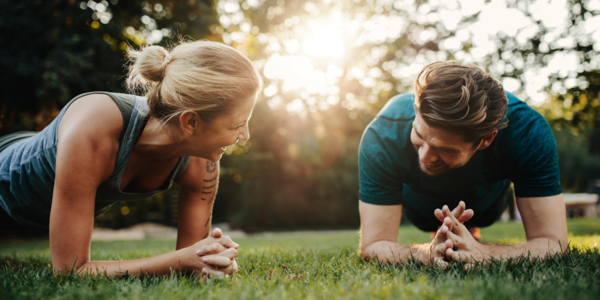
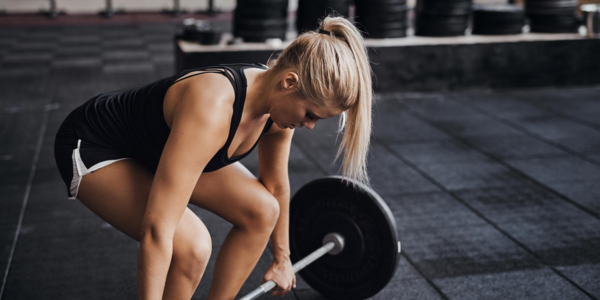
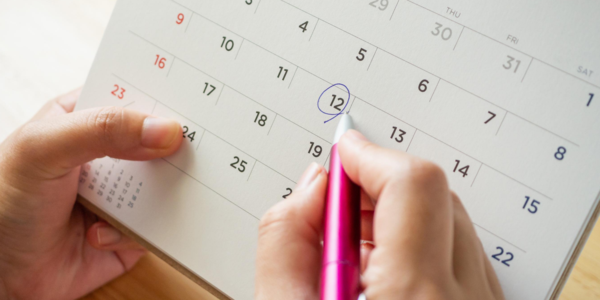
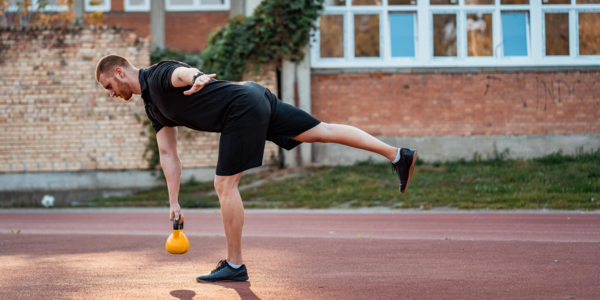


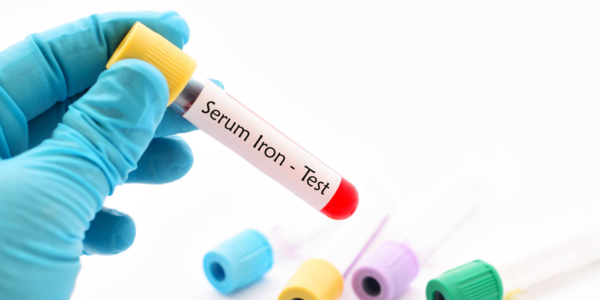
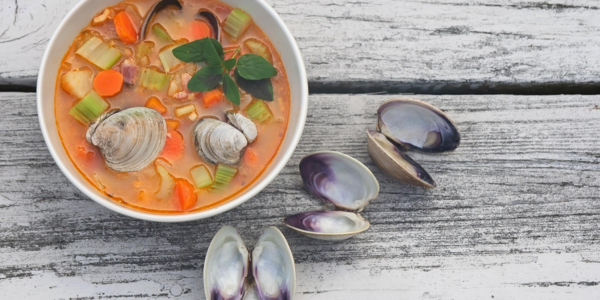
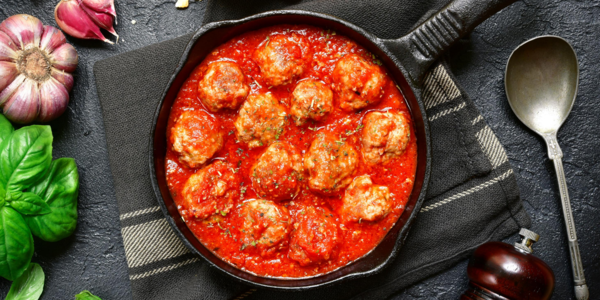
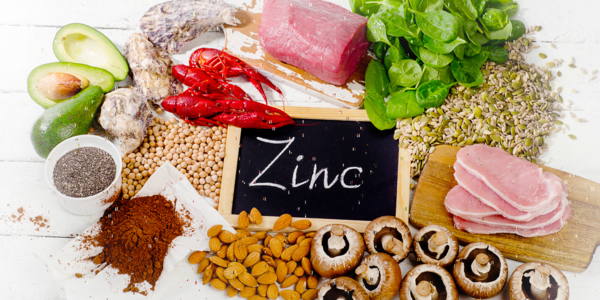
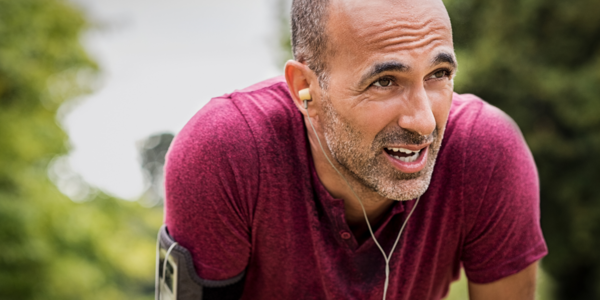
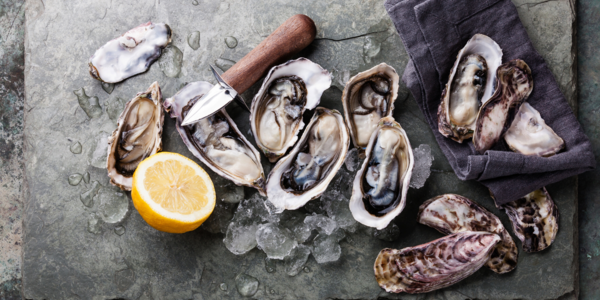
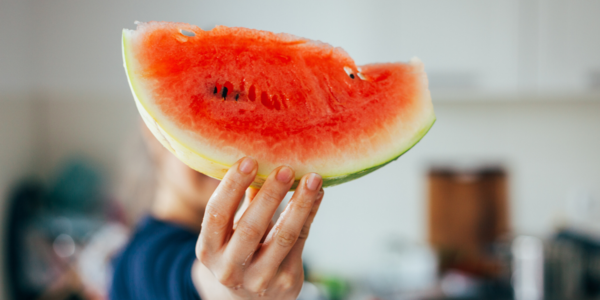
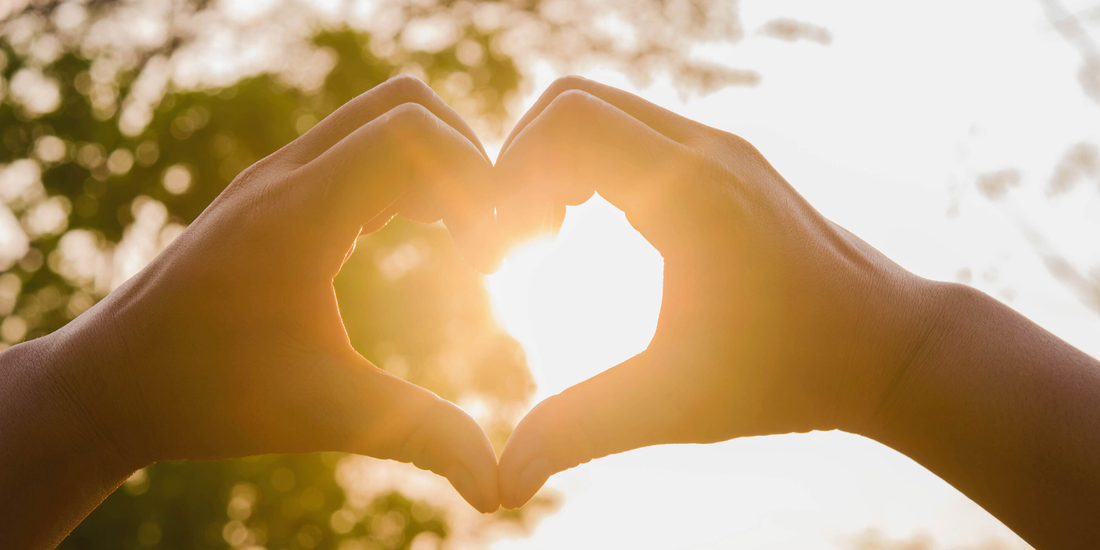

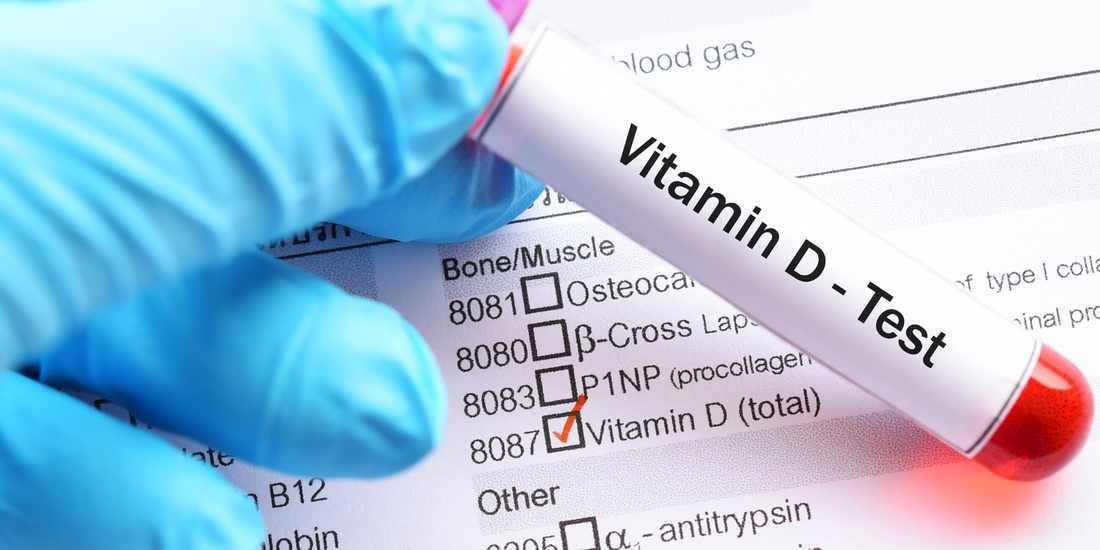
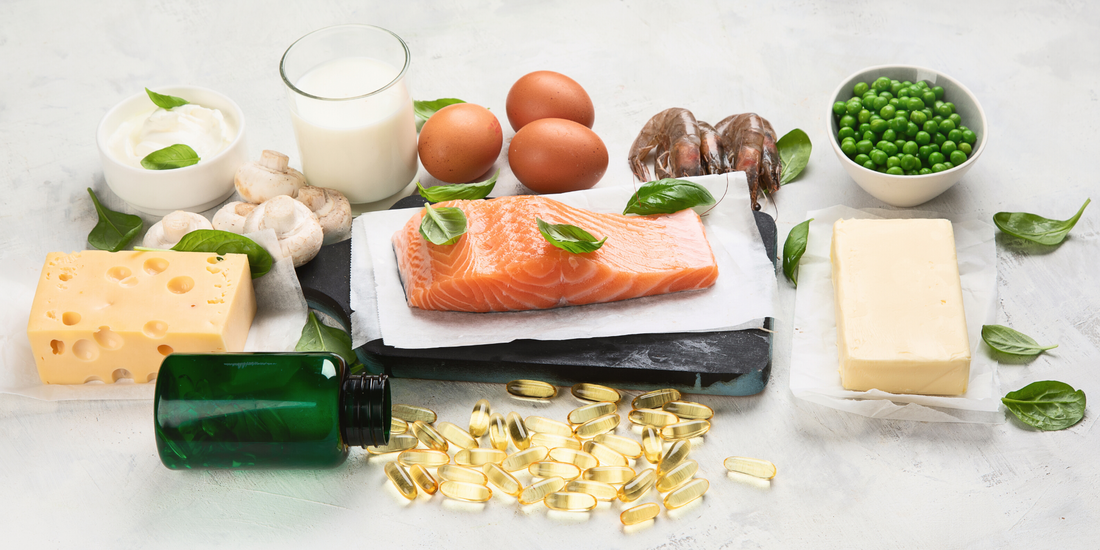

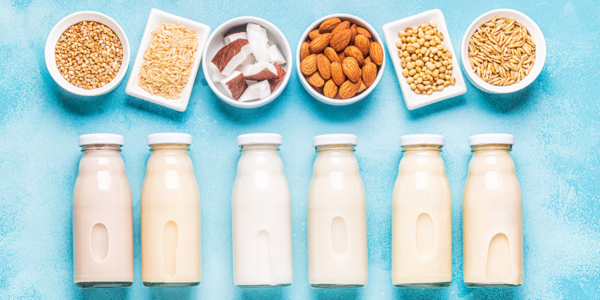

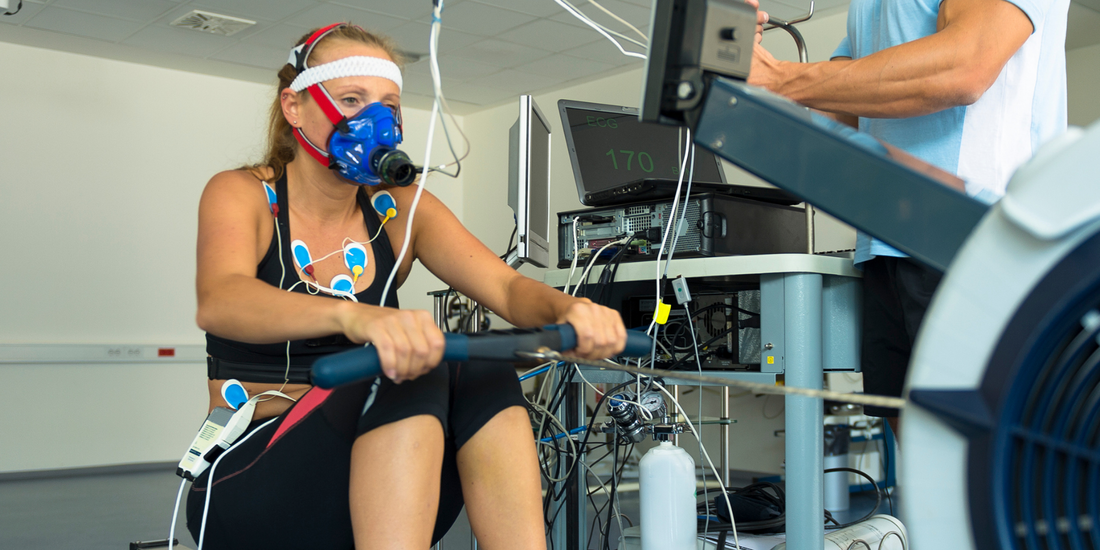
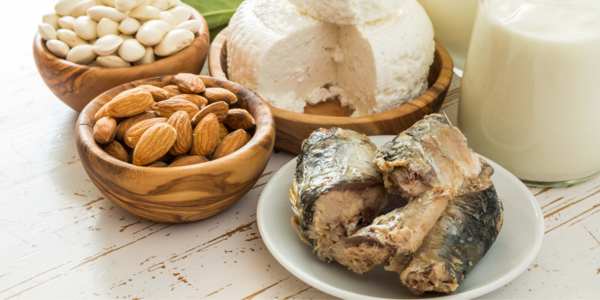
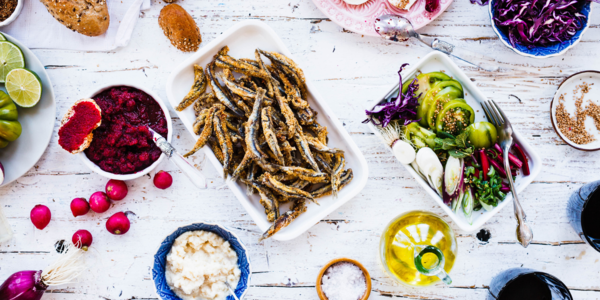
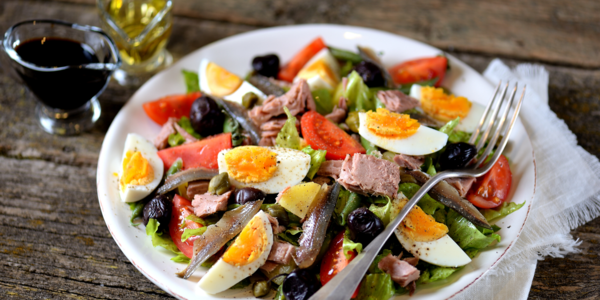
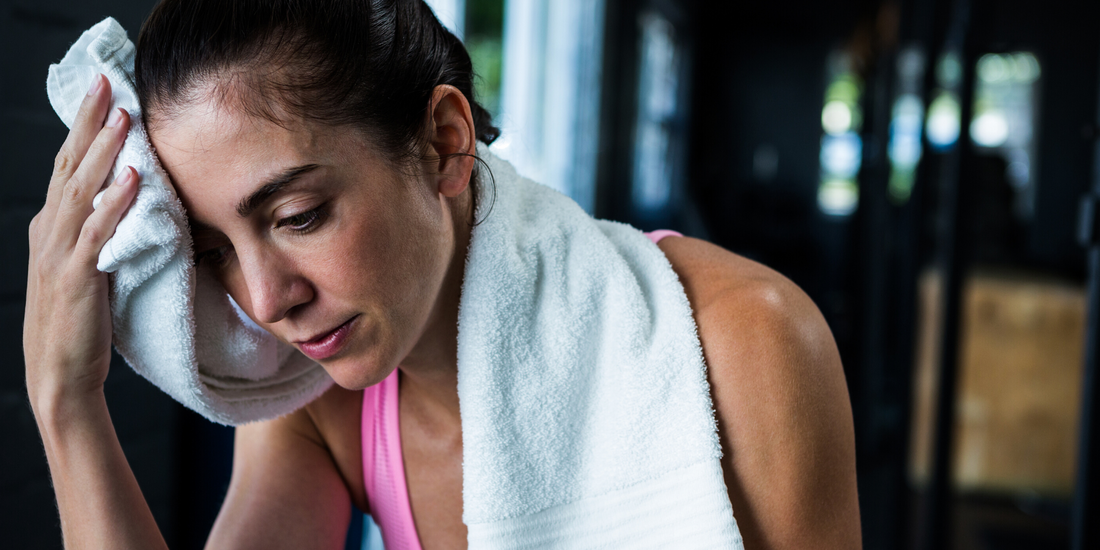

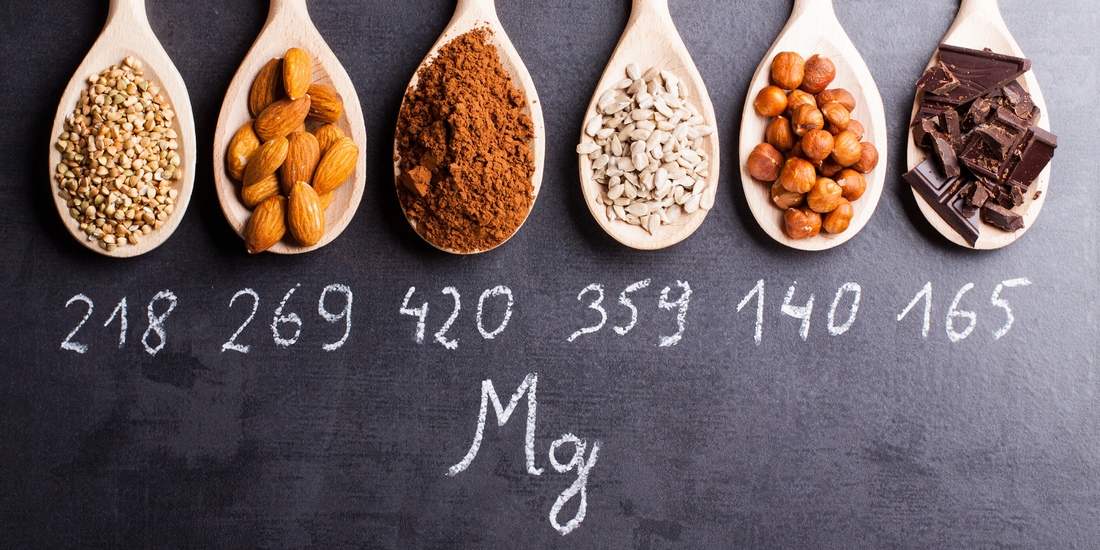
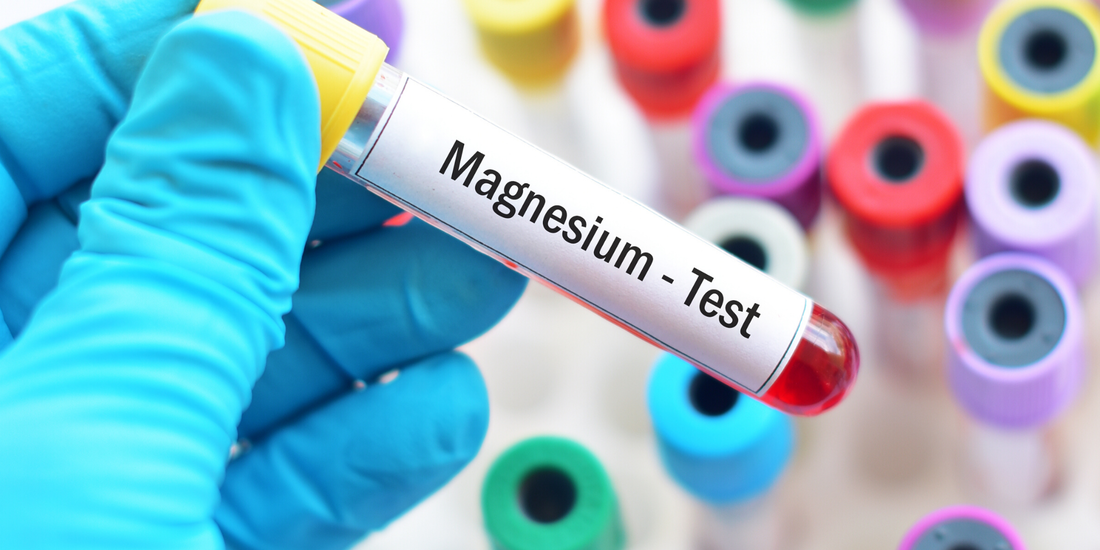
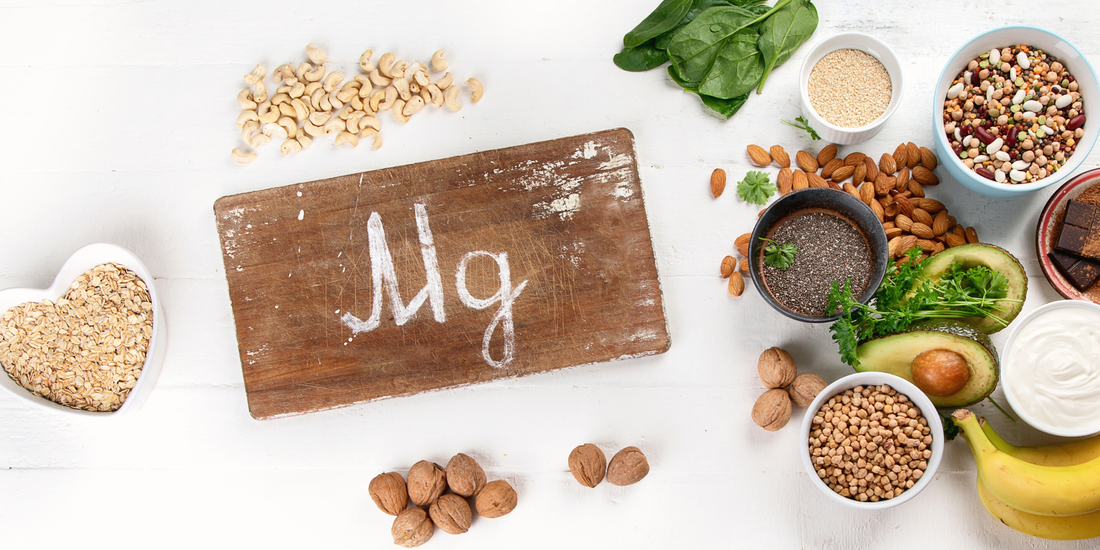
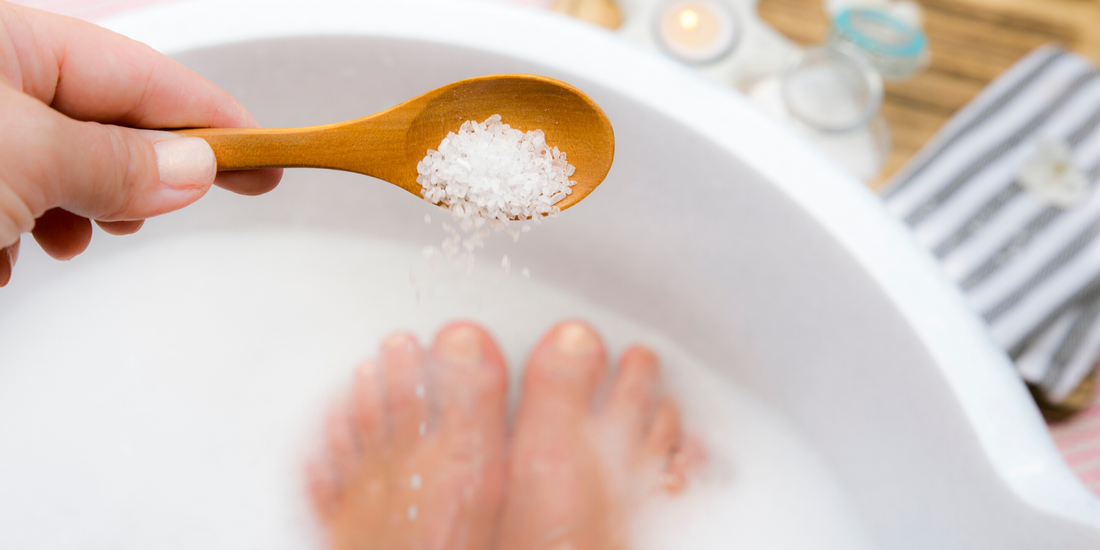
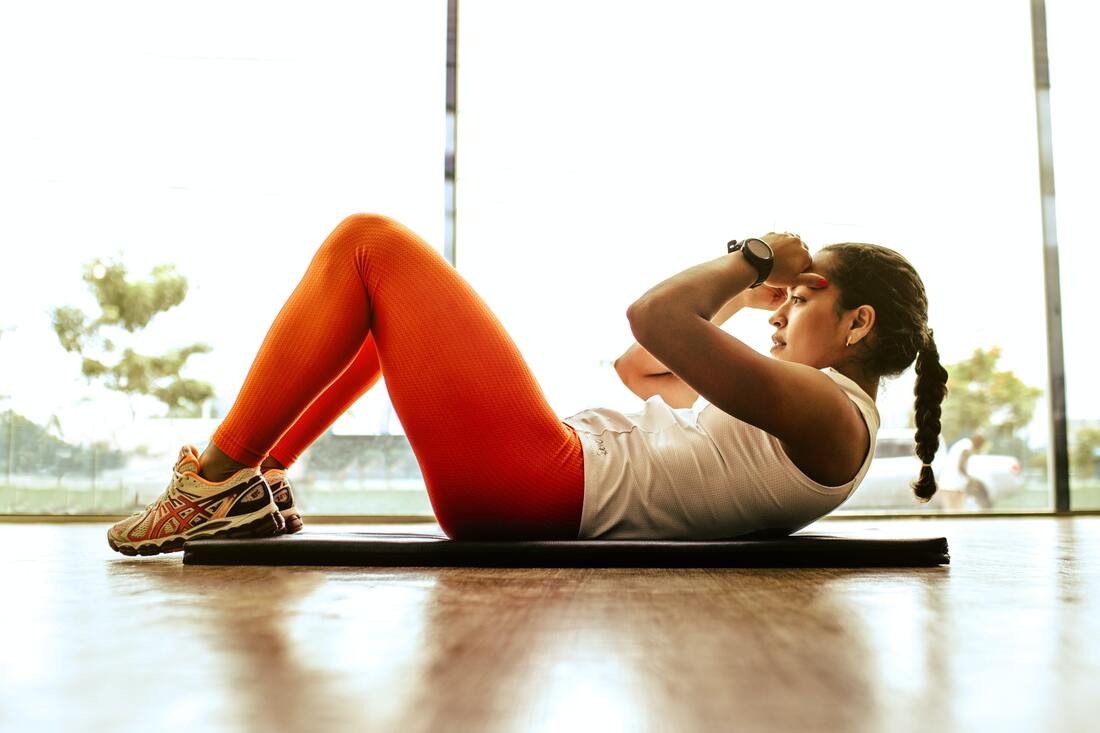
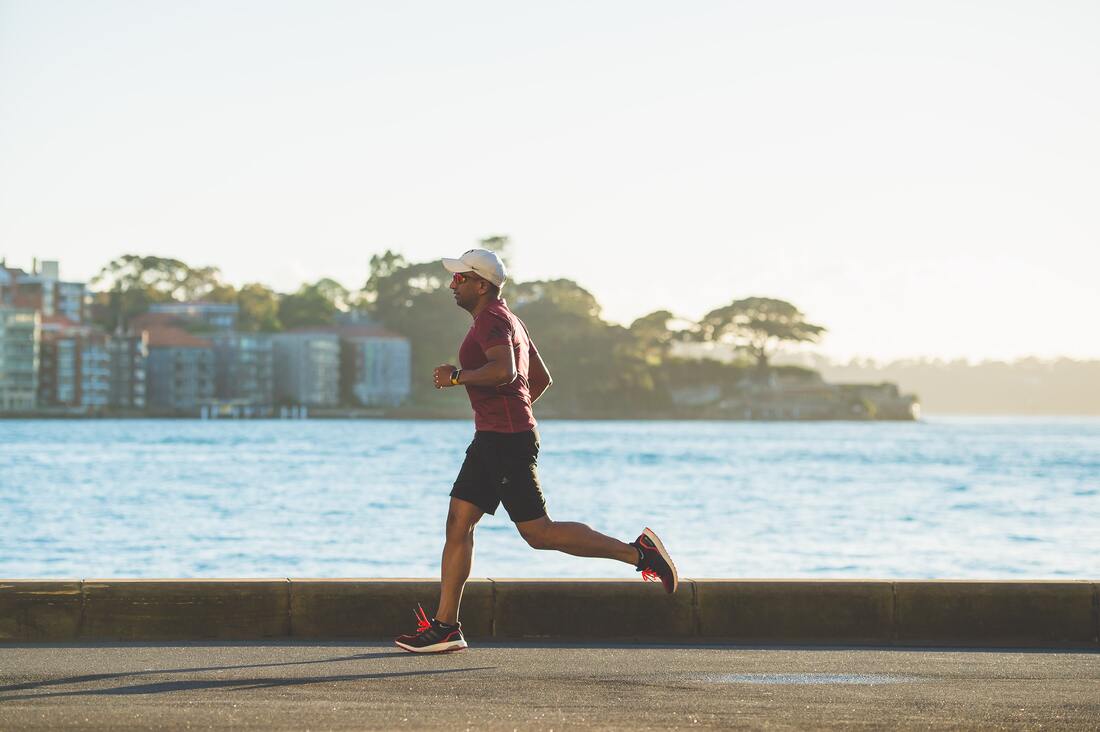
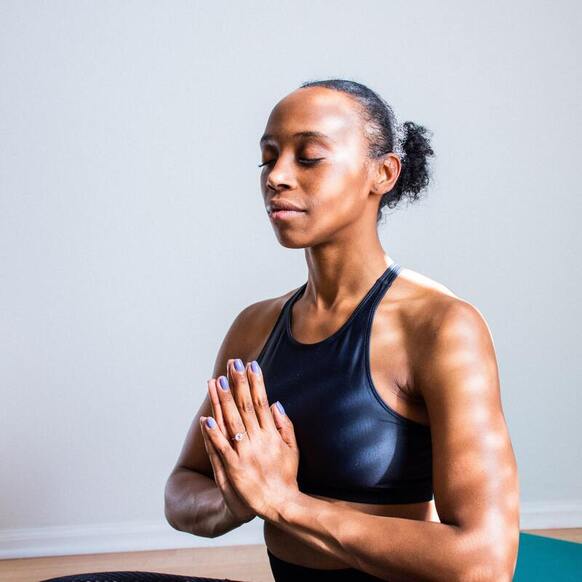


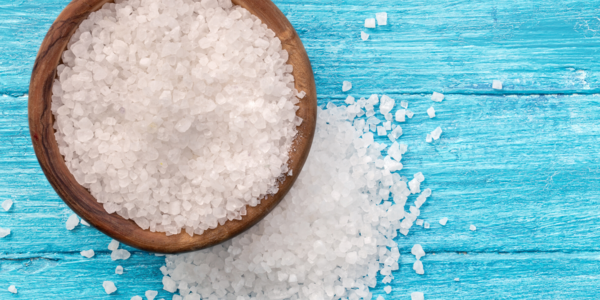

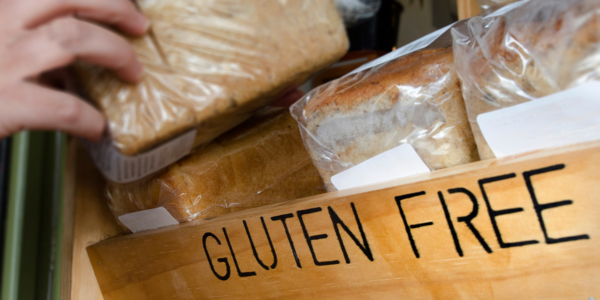
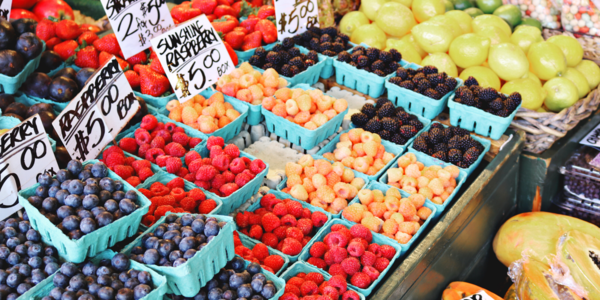
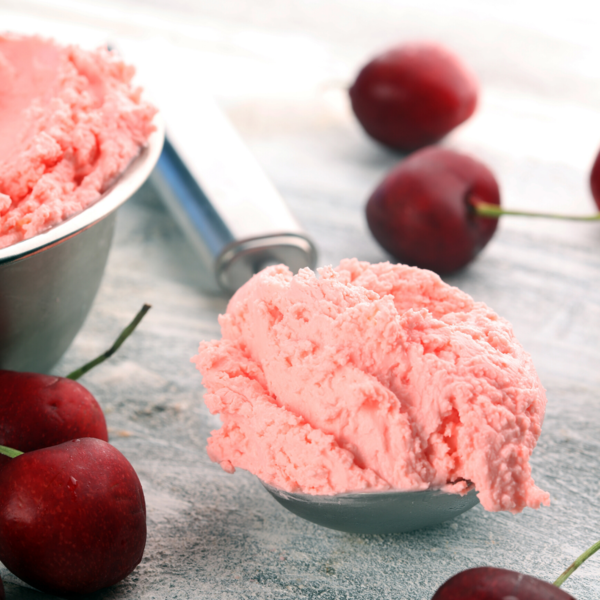

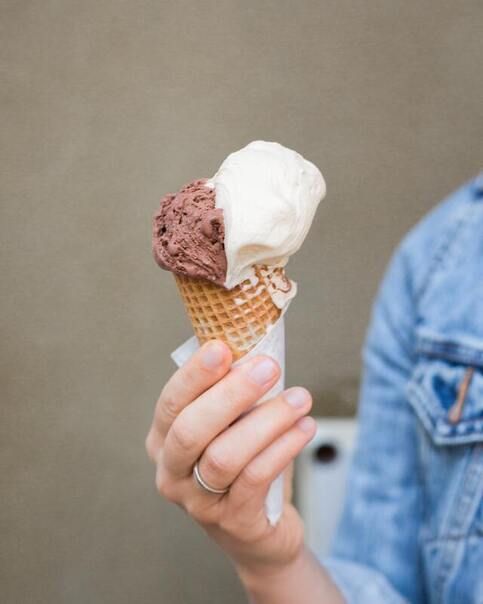

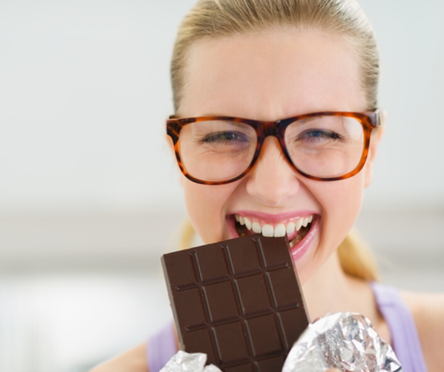
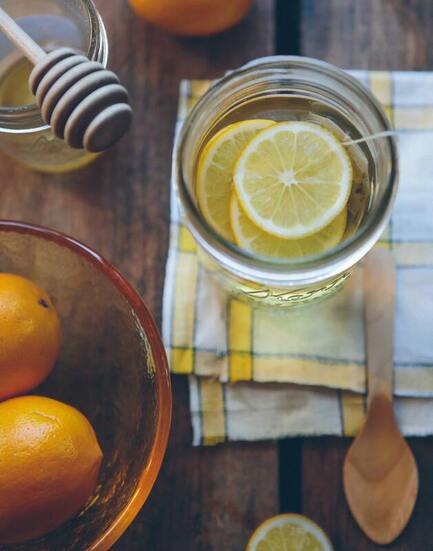
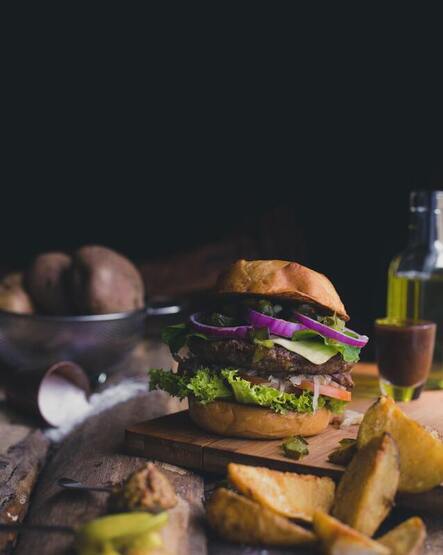






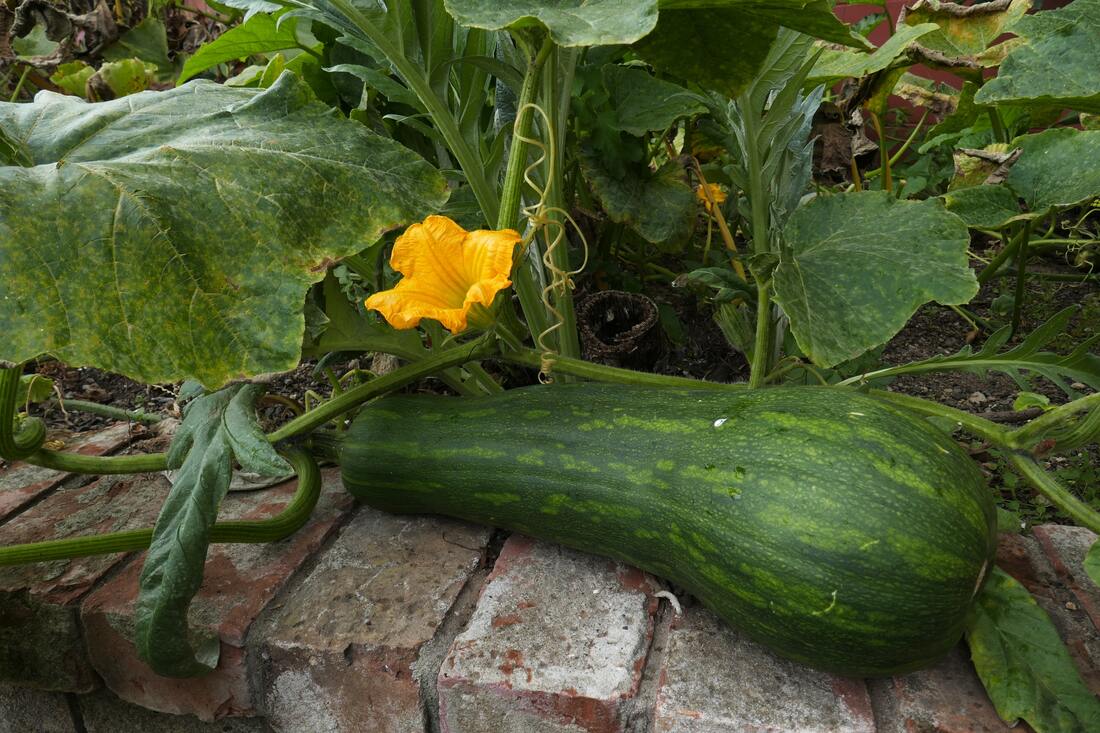
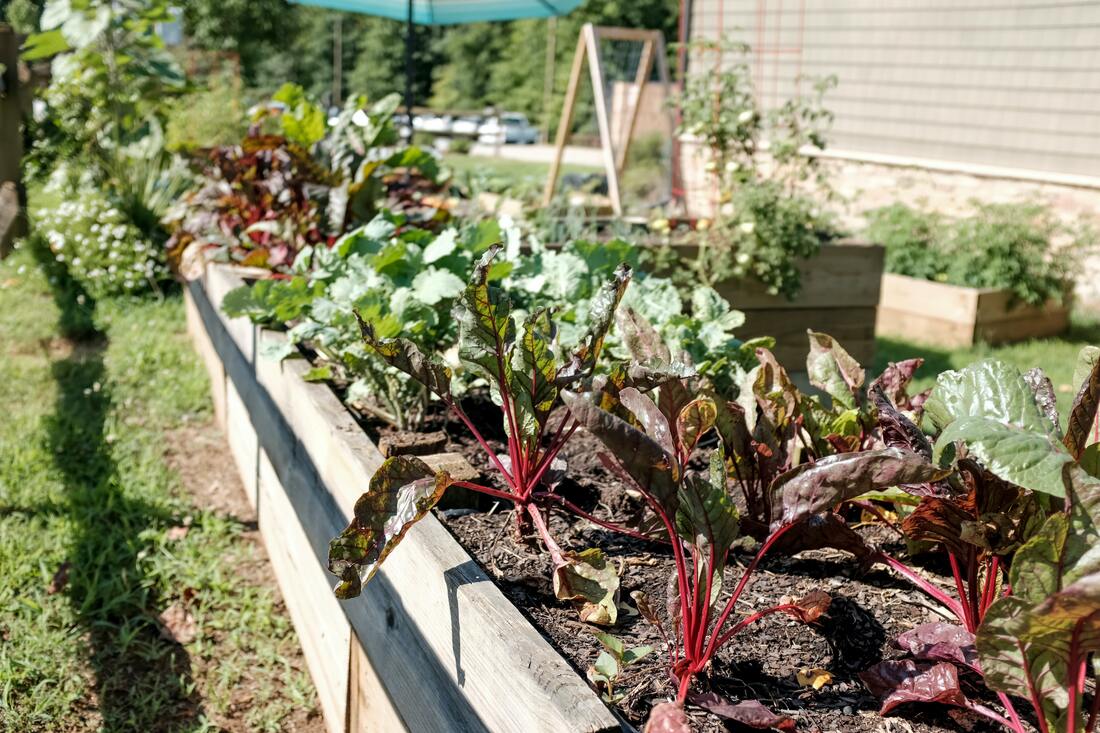
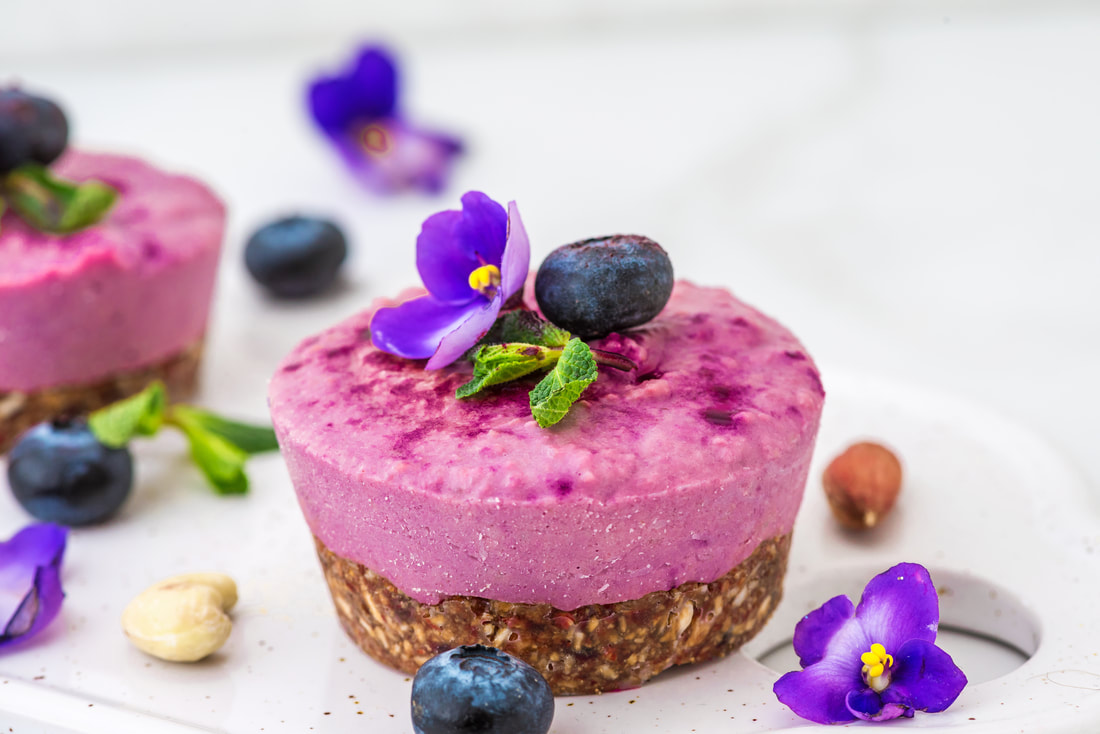
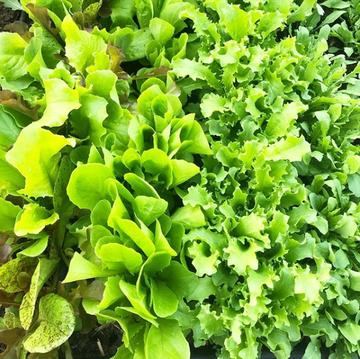

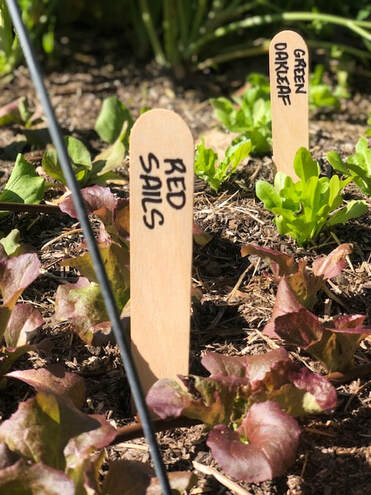
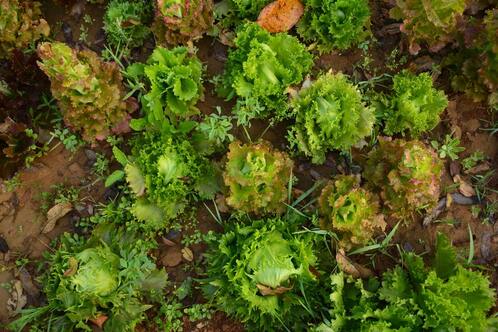
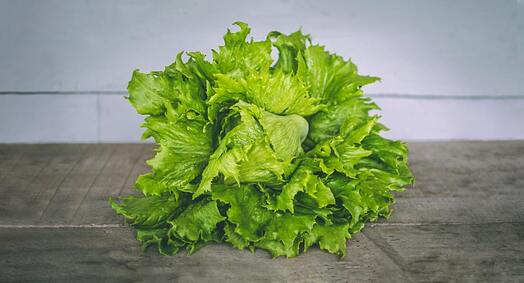
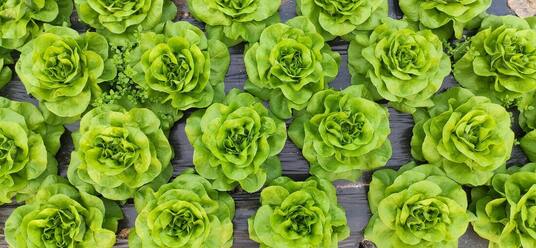
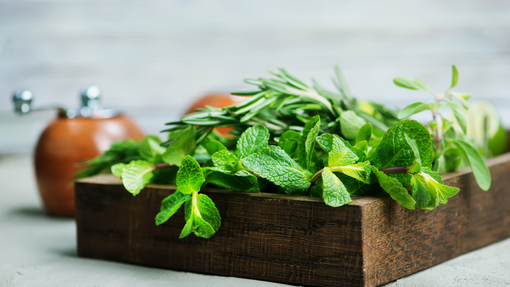
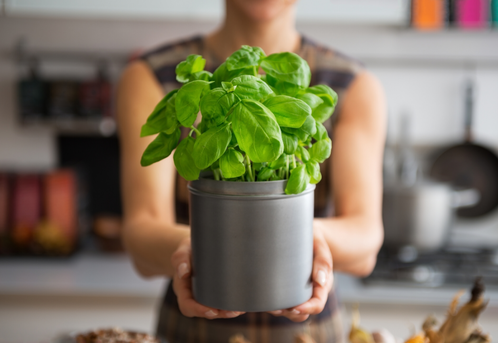

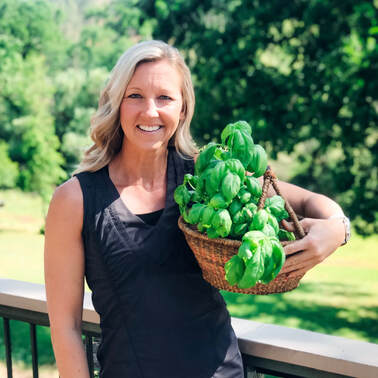
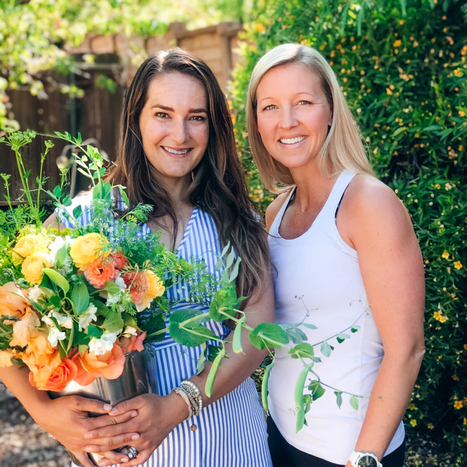
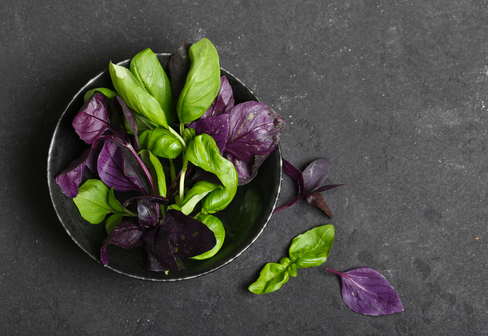
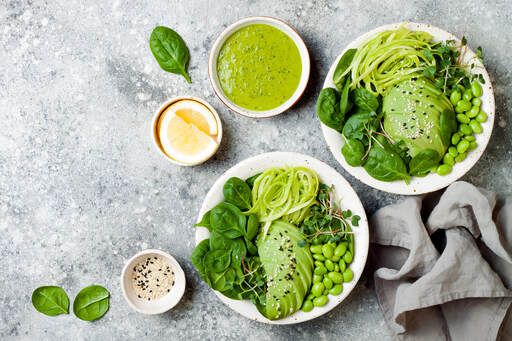
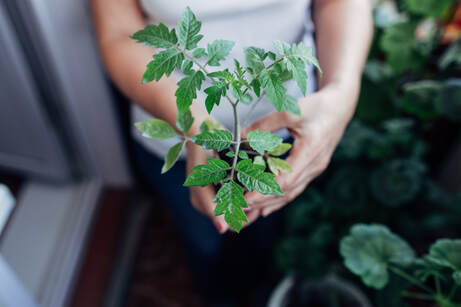
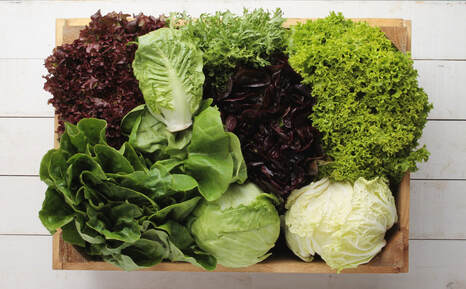
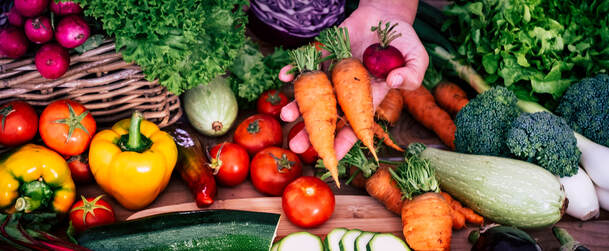
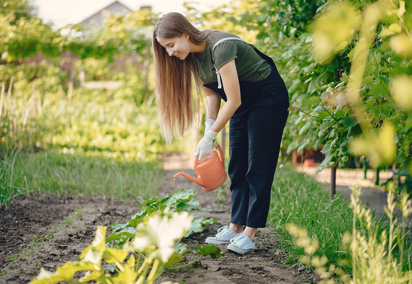


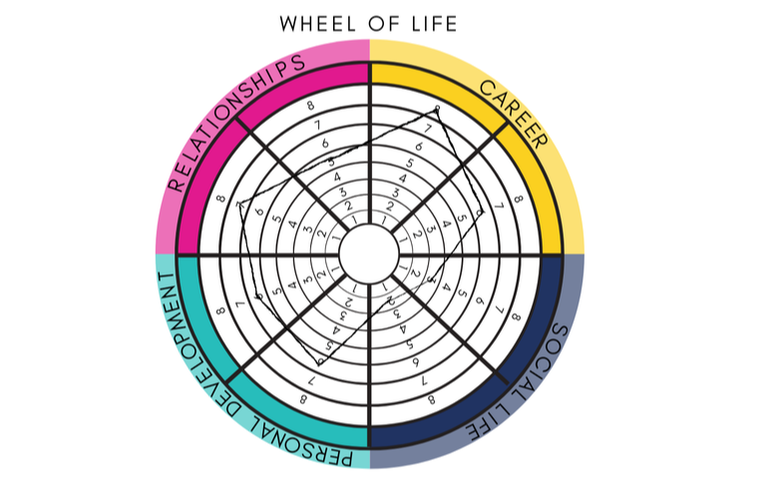

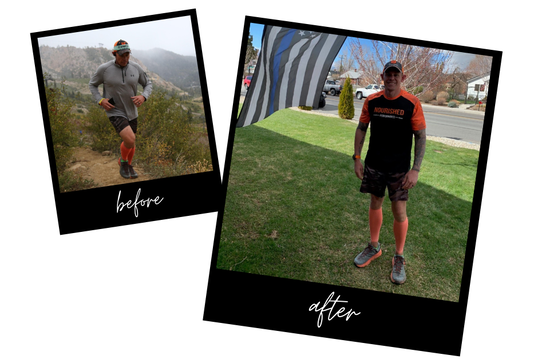
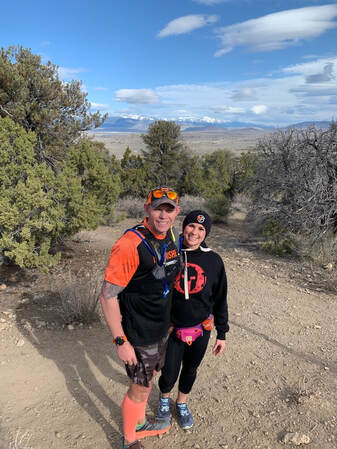
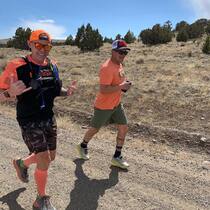
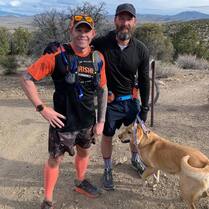

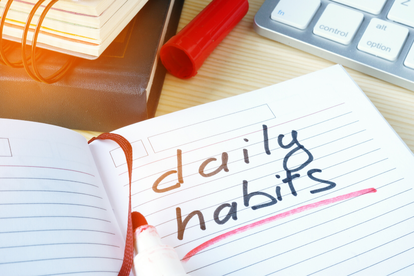
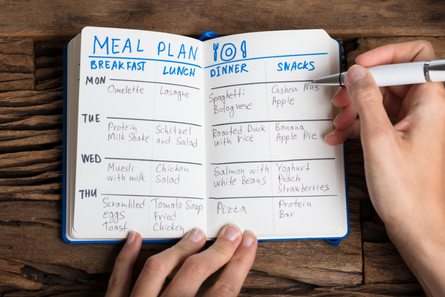
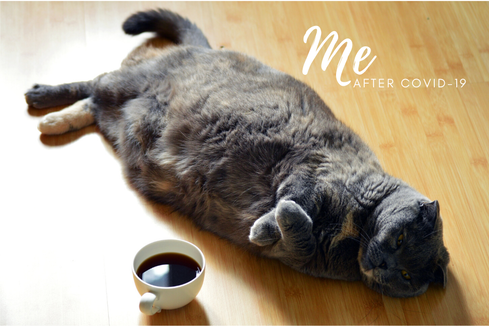




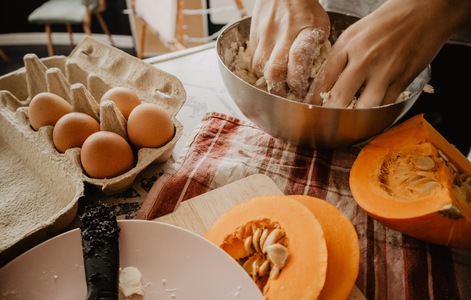

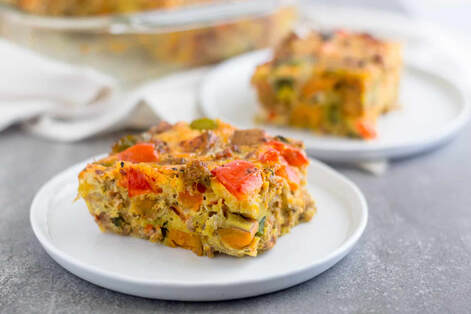
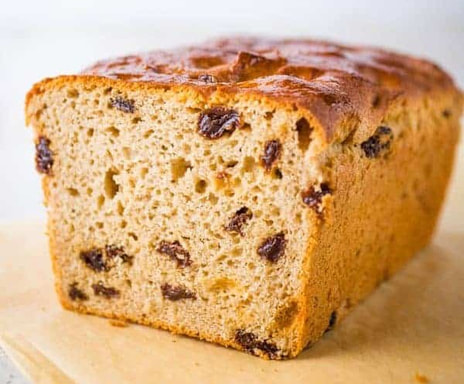
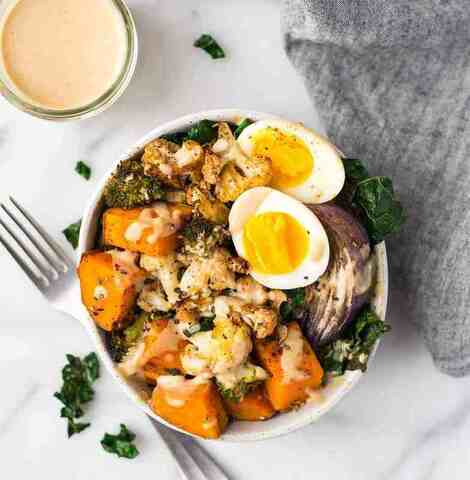
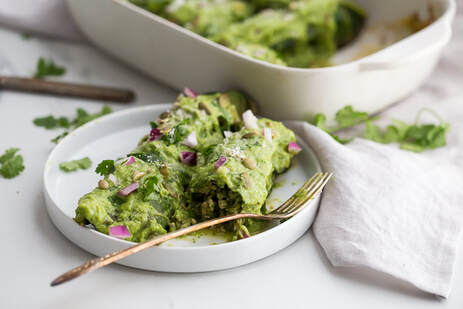
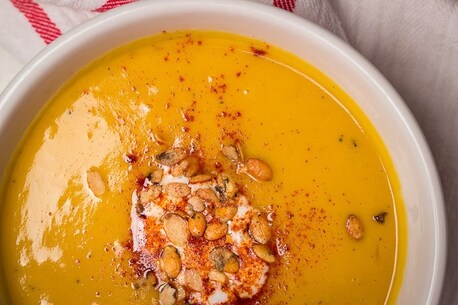
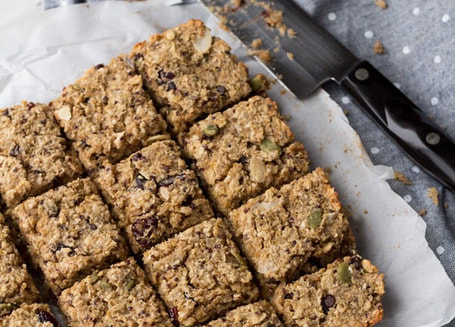
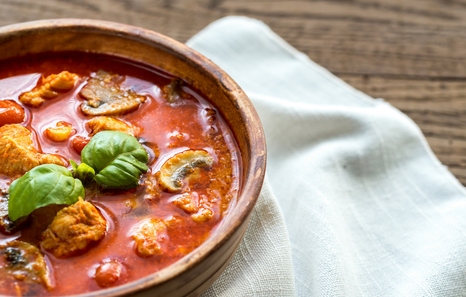
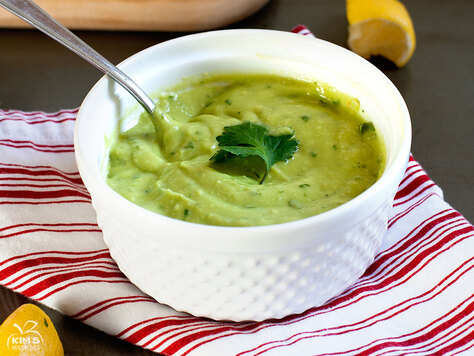
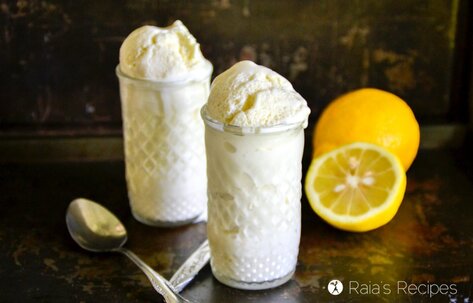
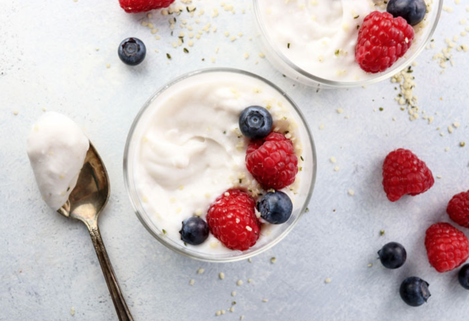

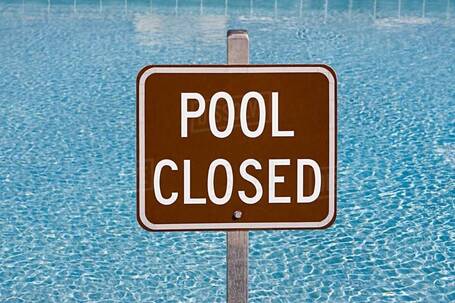
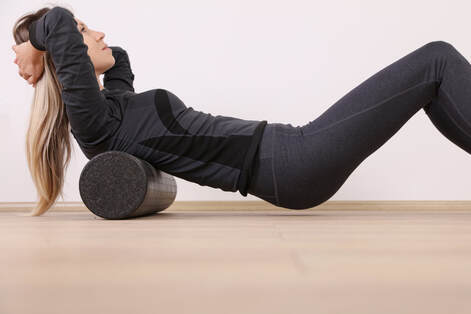
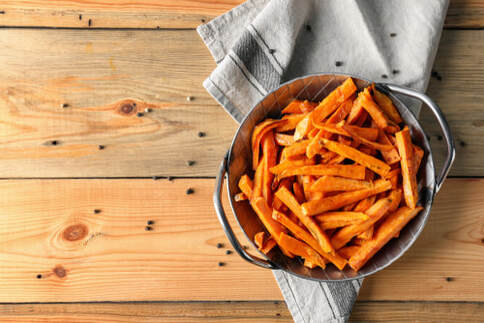

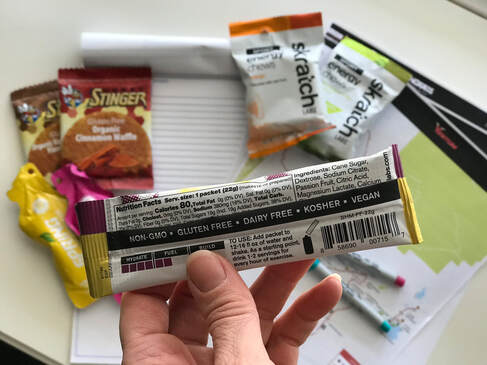

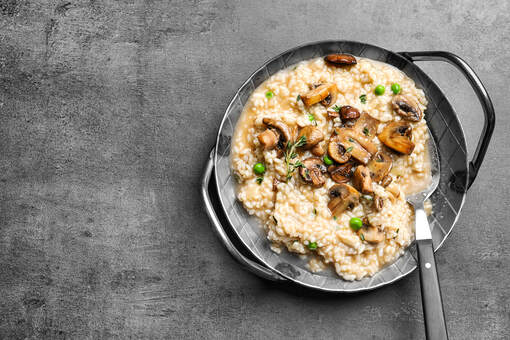
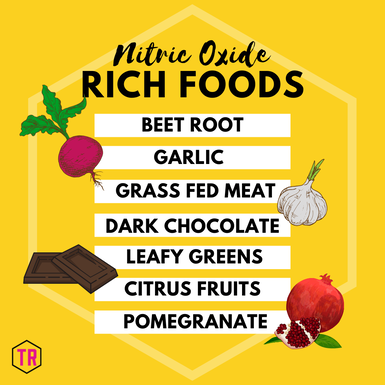



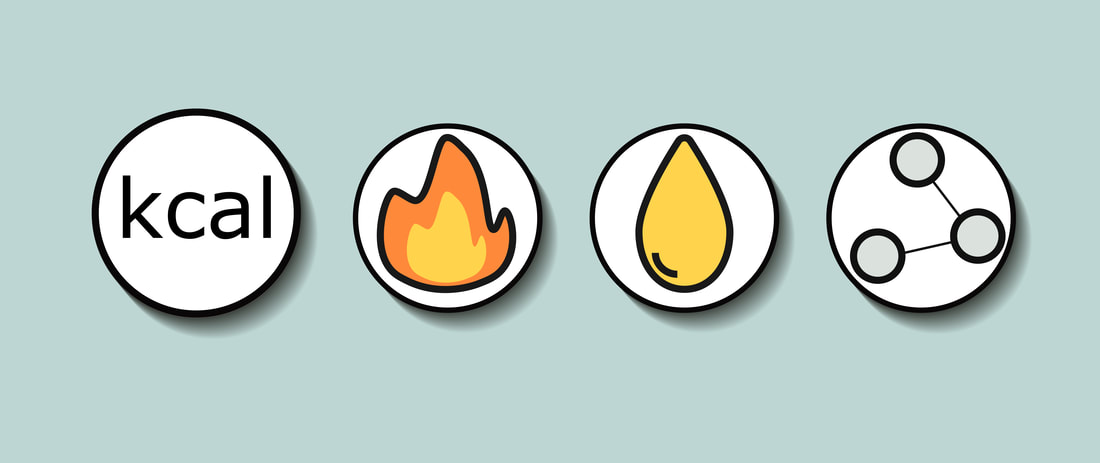
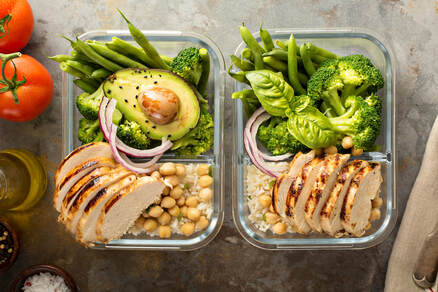
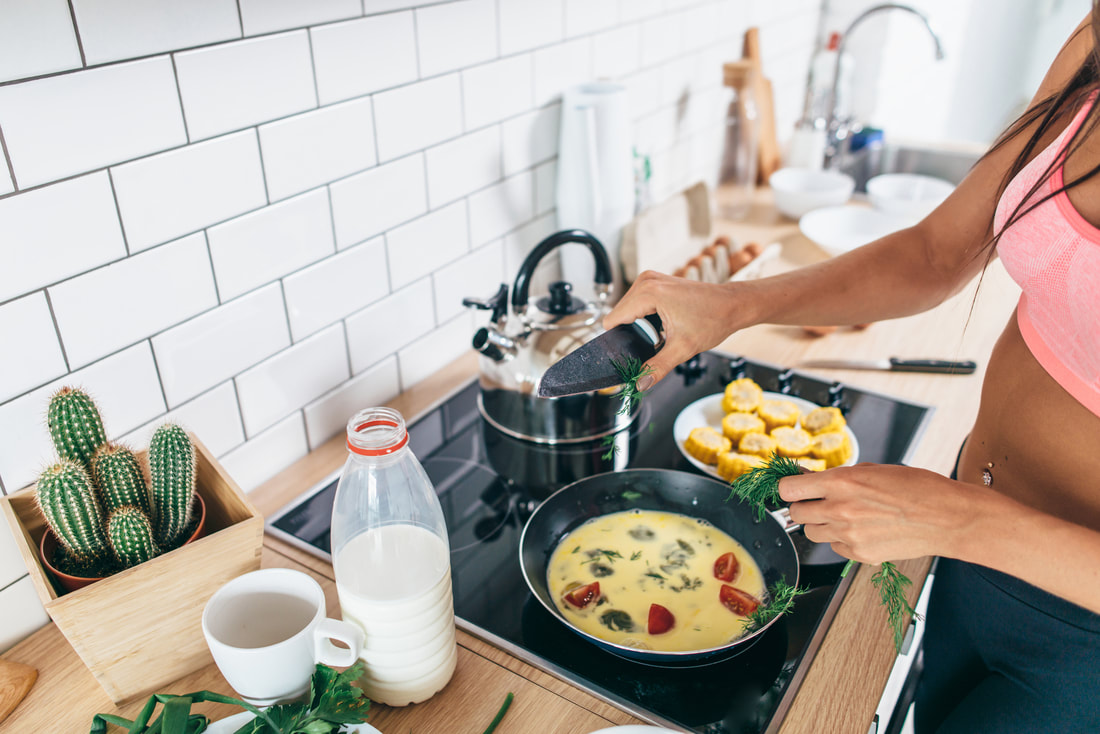
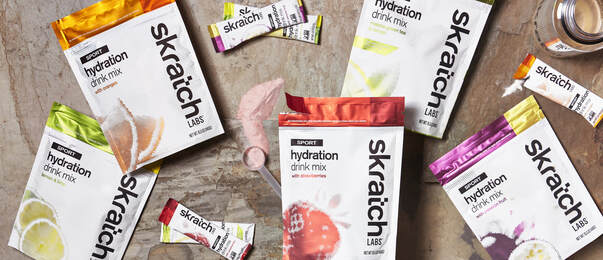
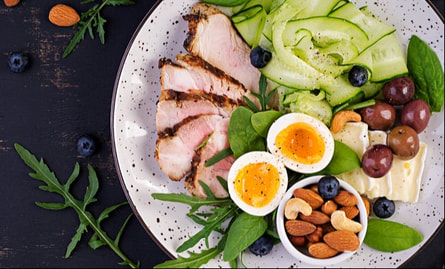
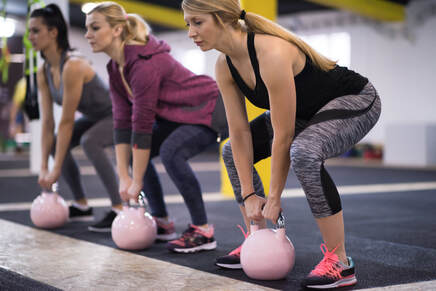
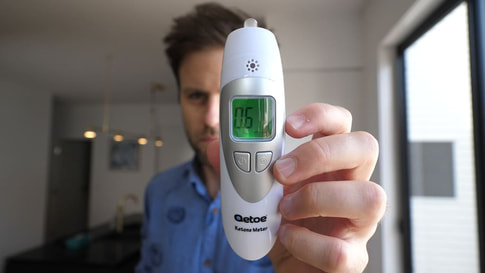

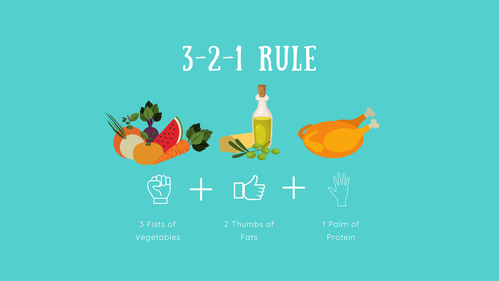
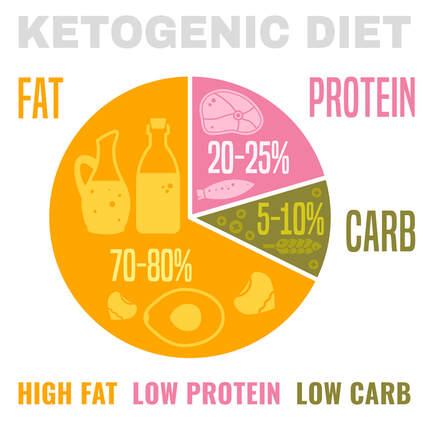


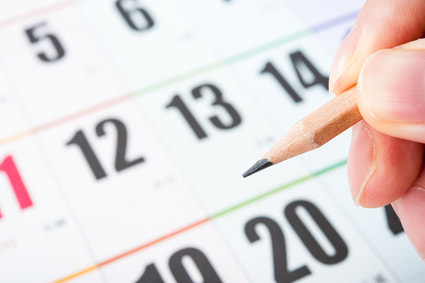
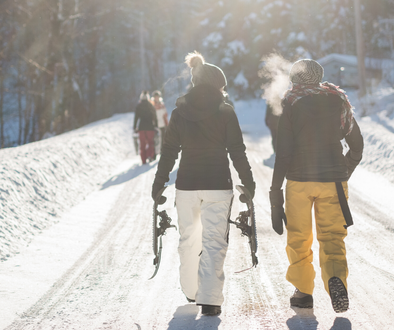

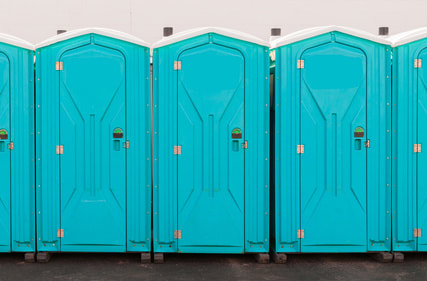
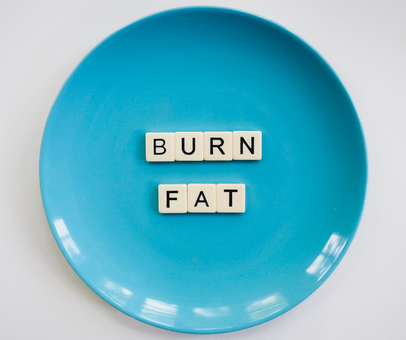
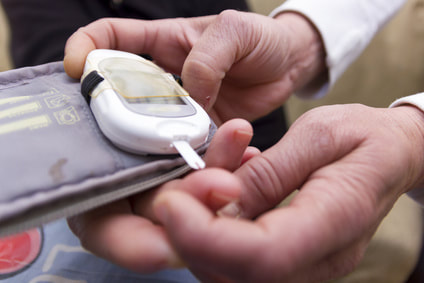
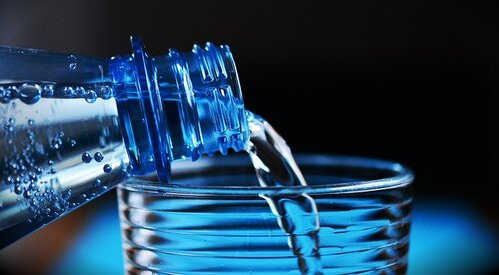







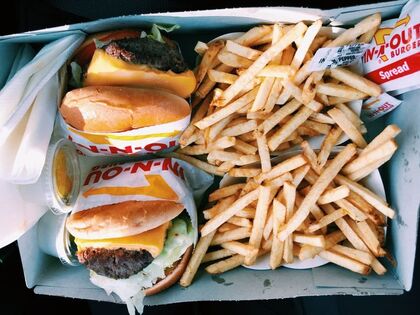


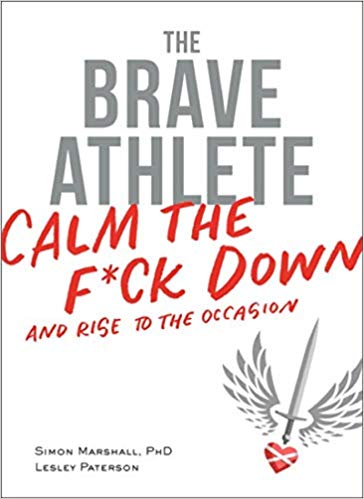


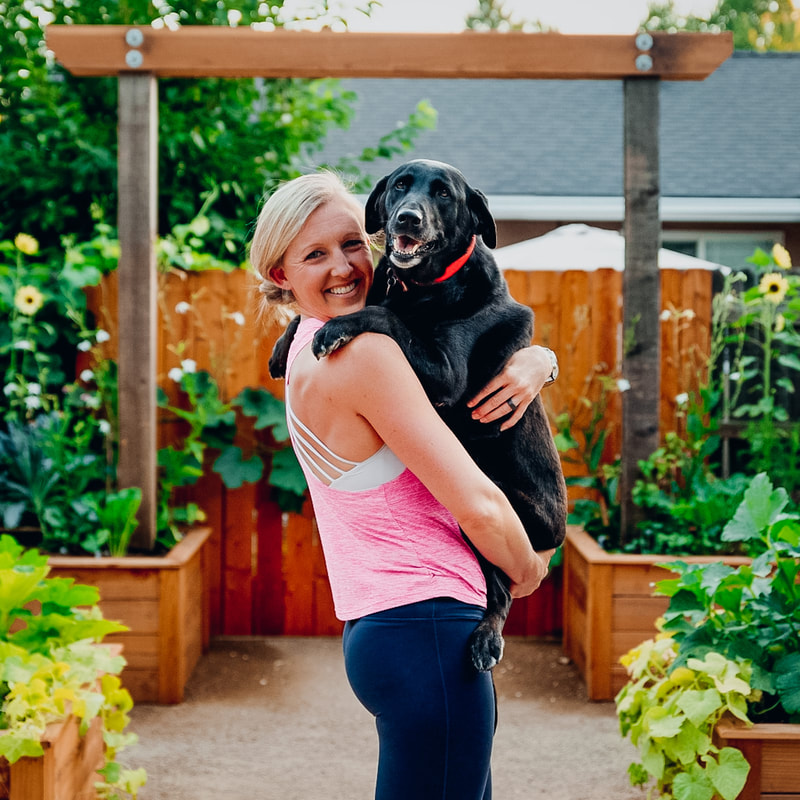
 RSS Feed
RSS Feed